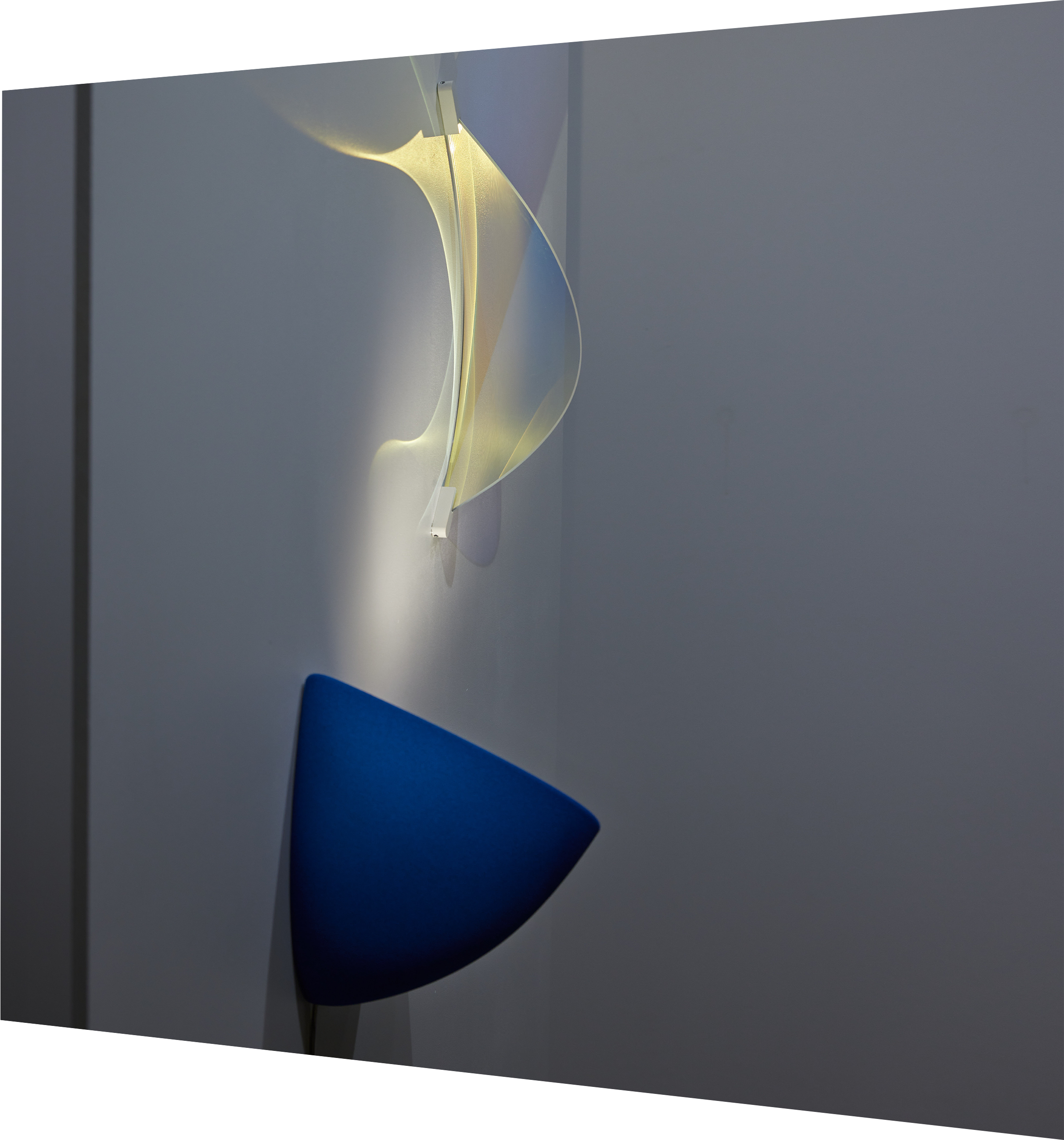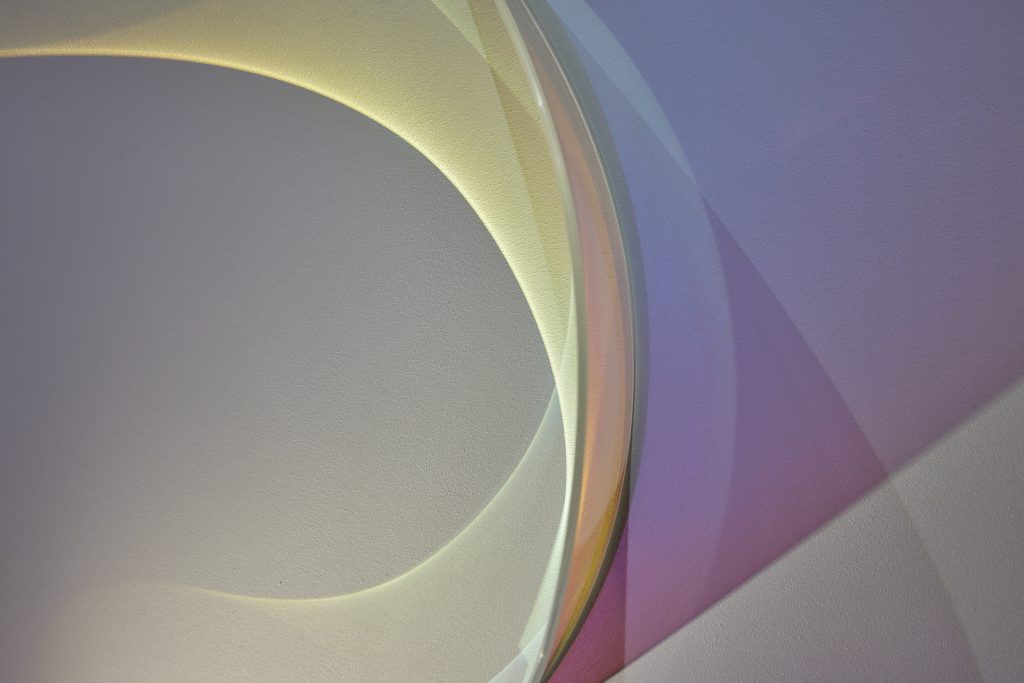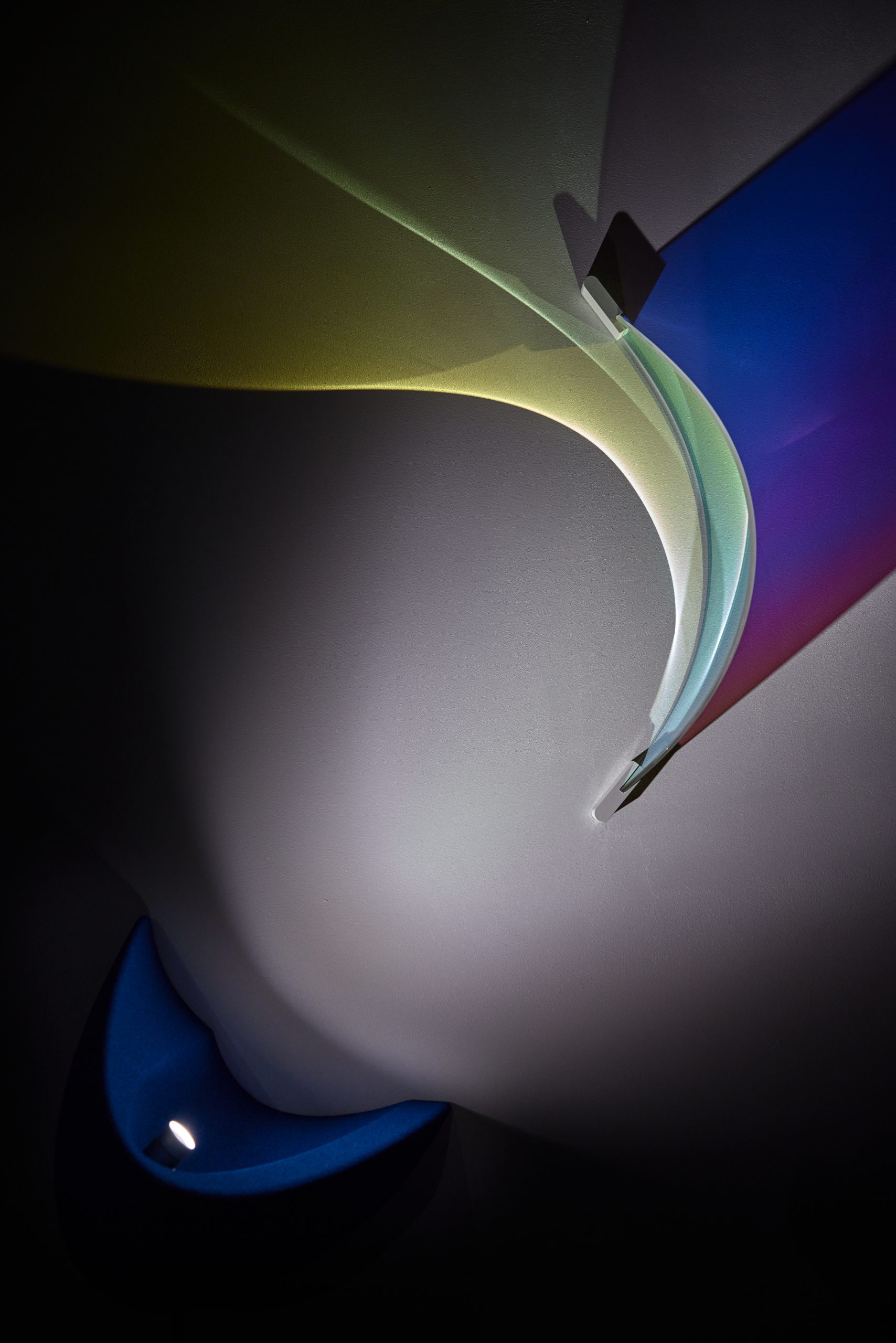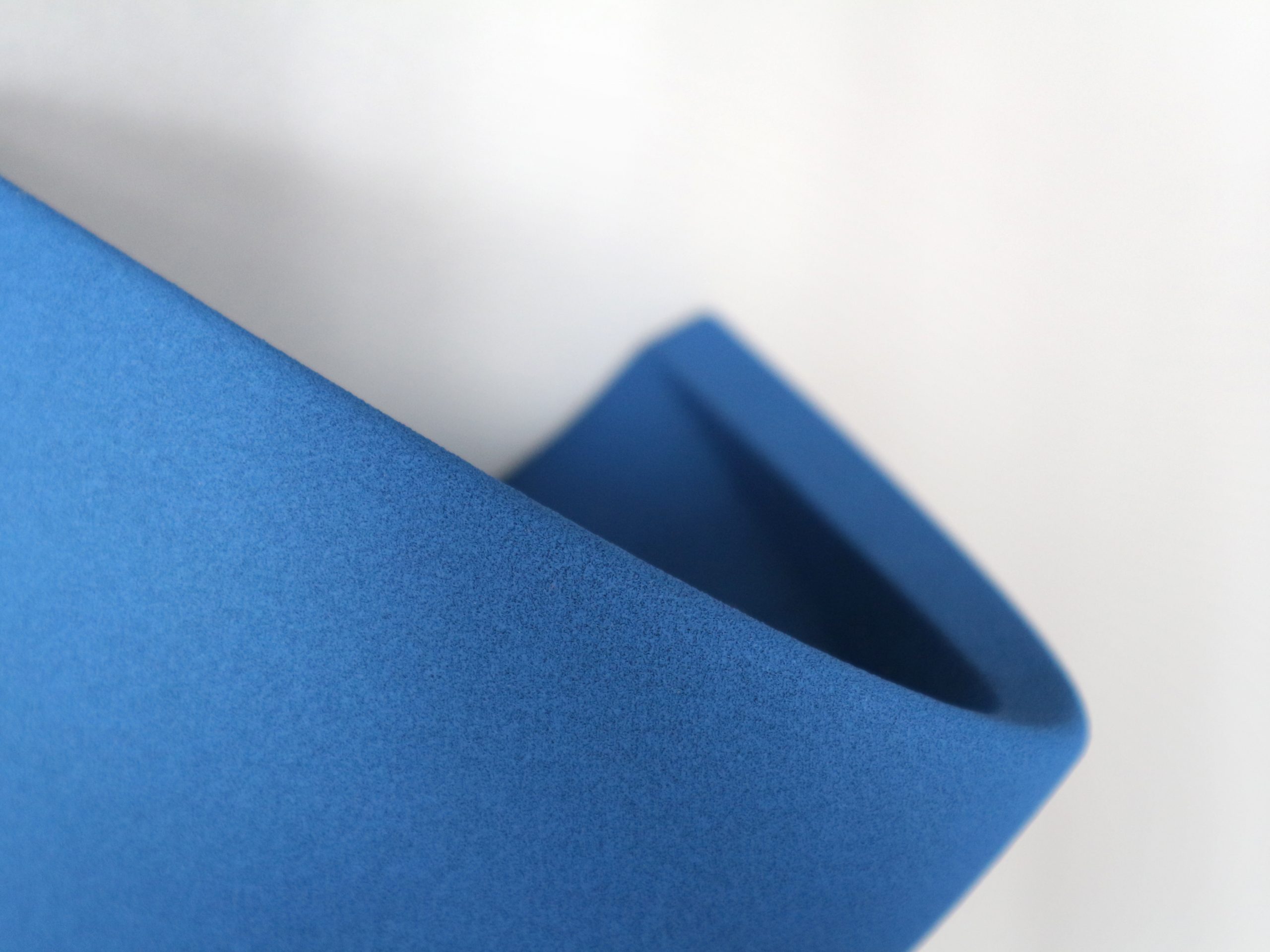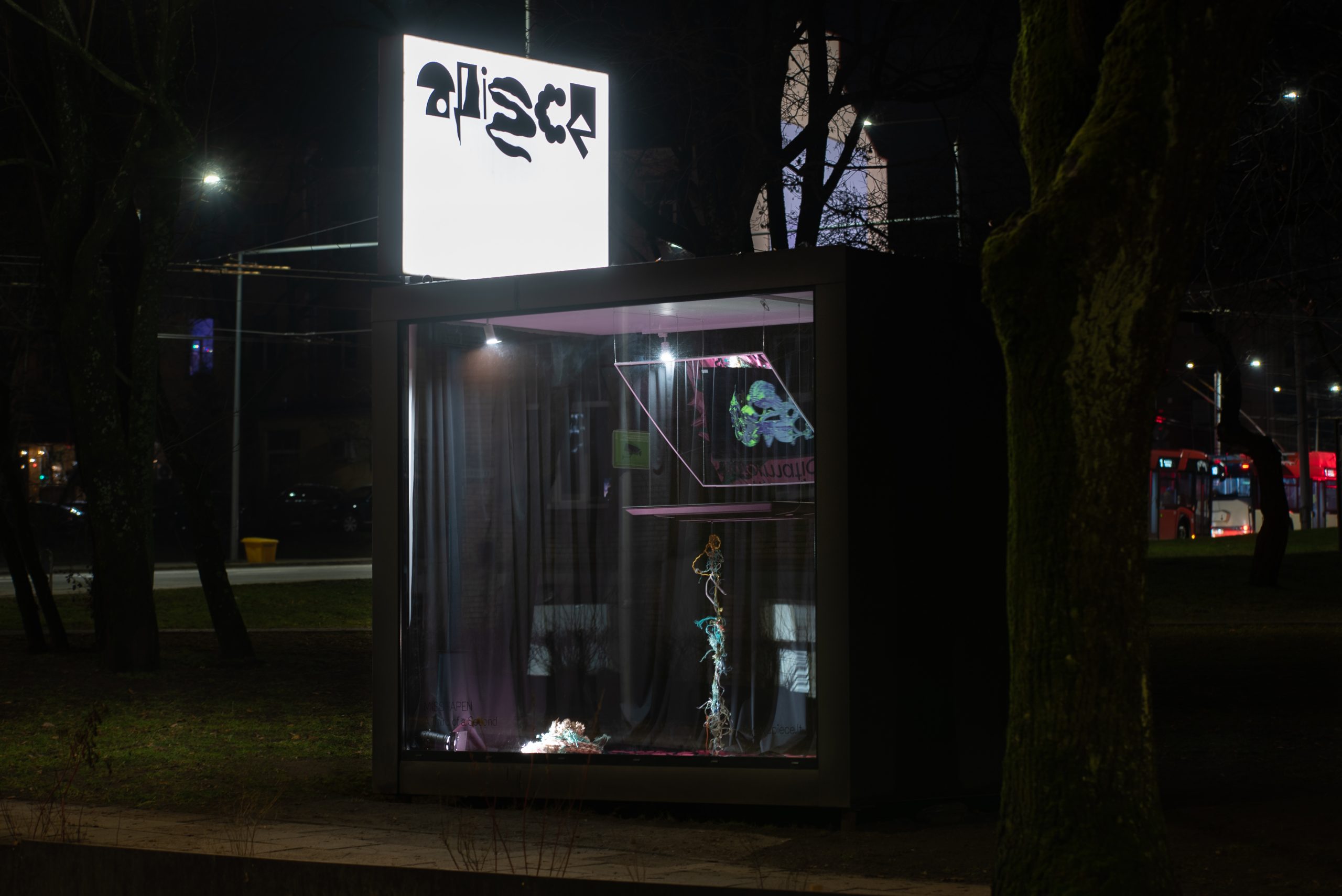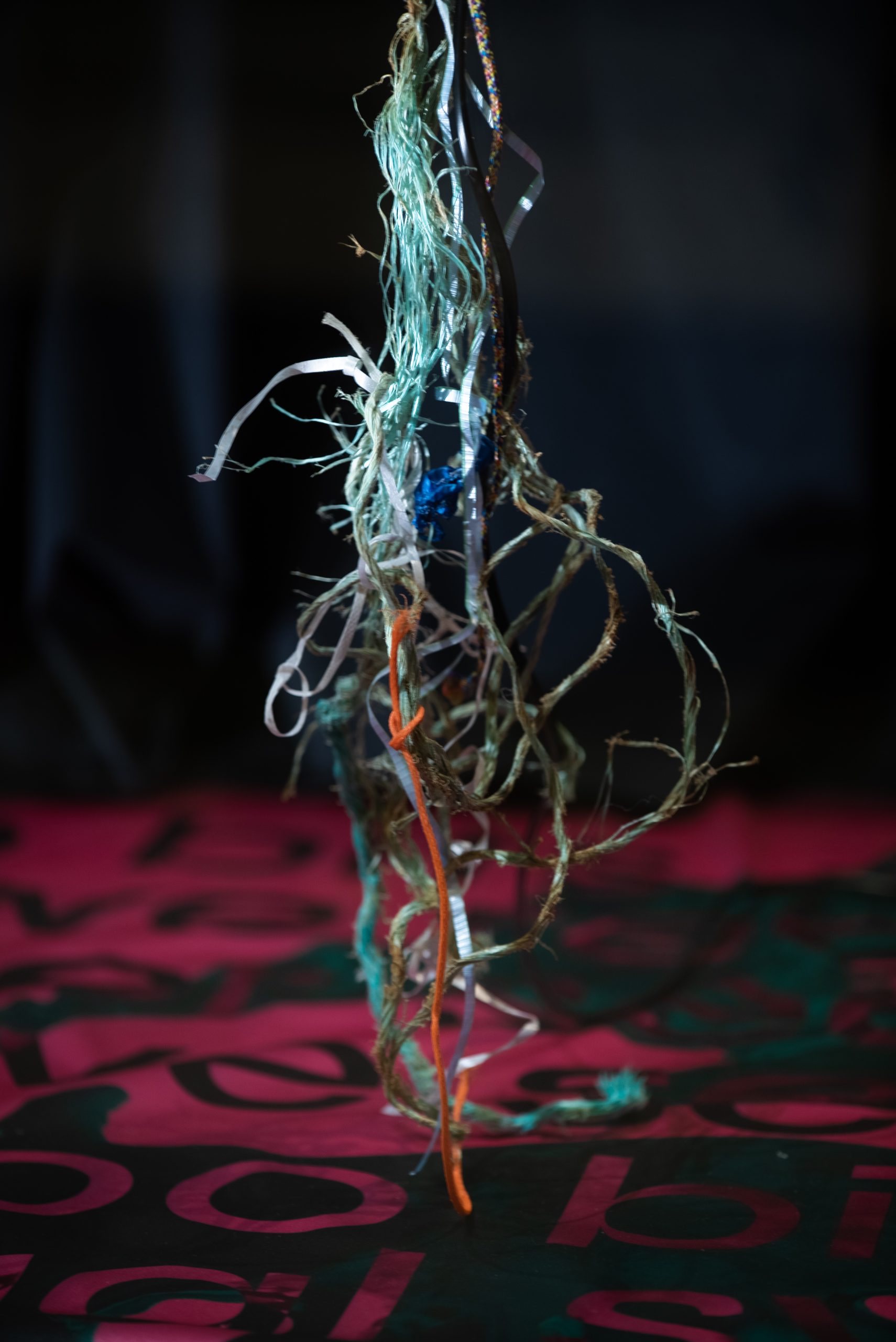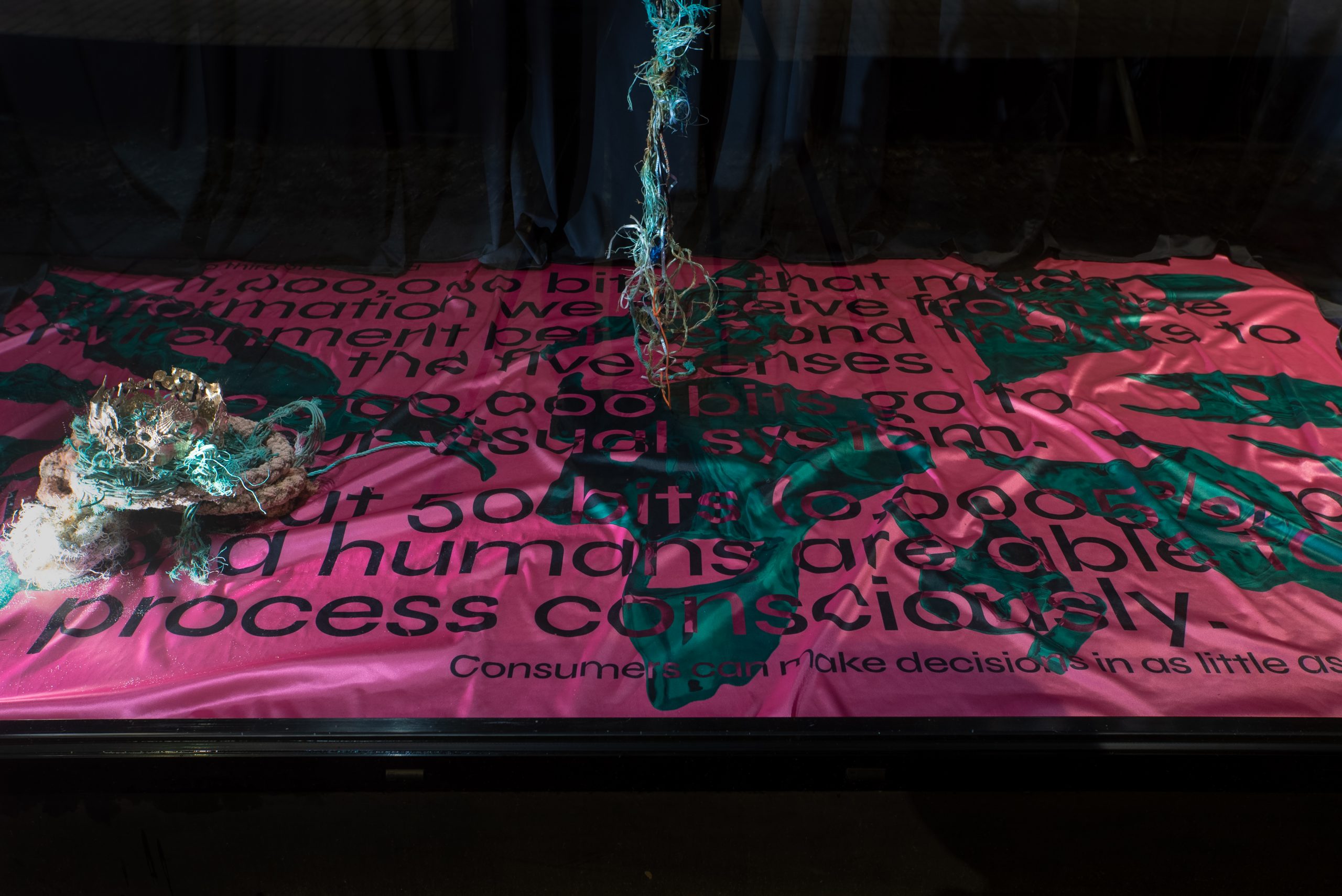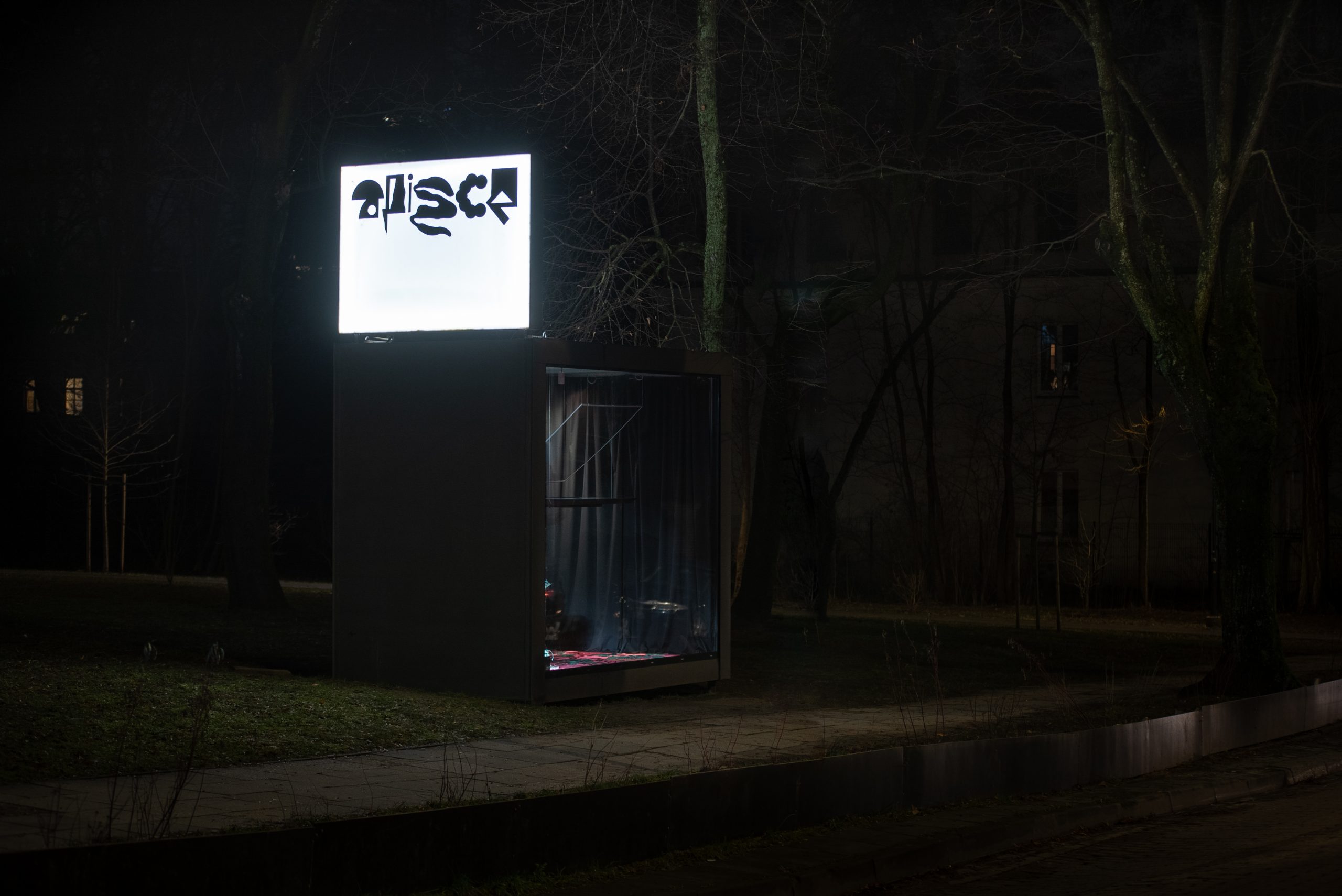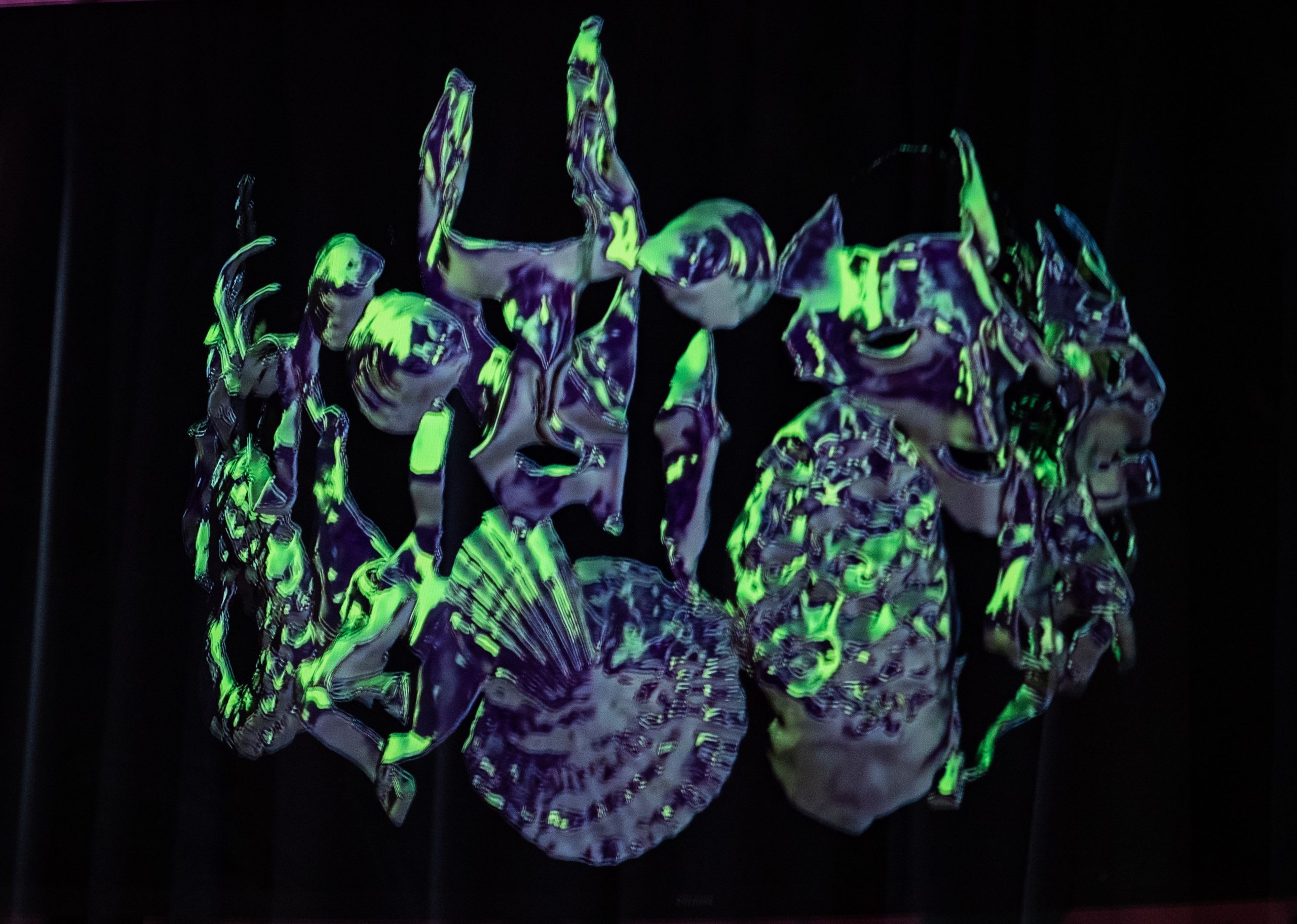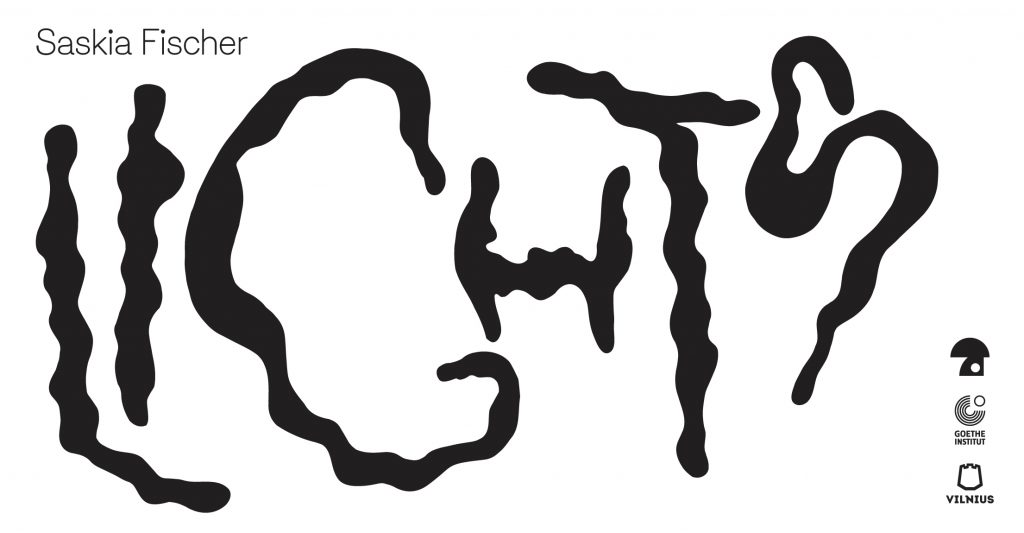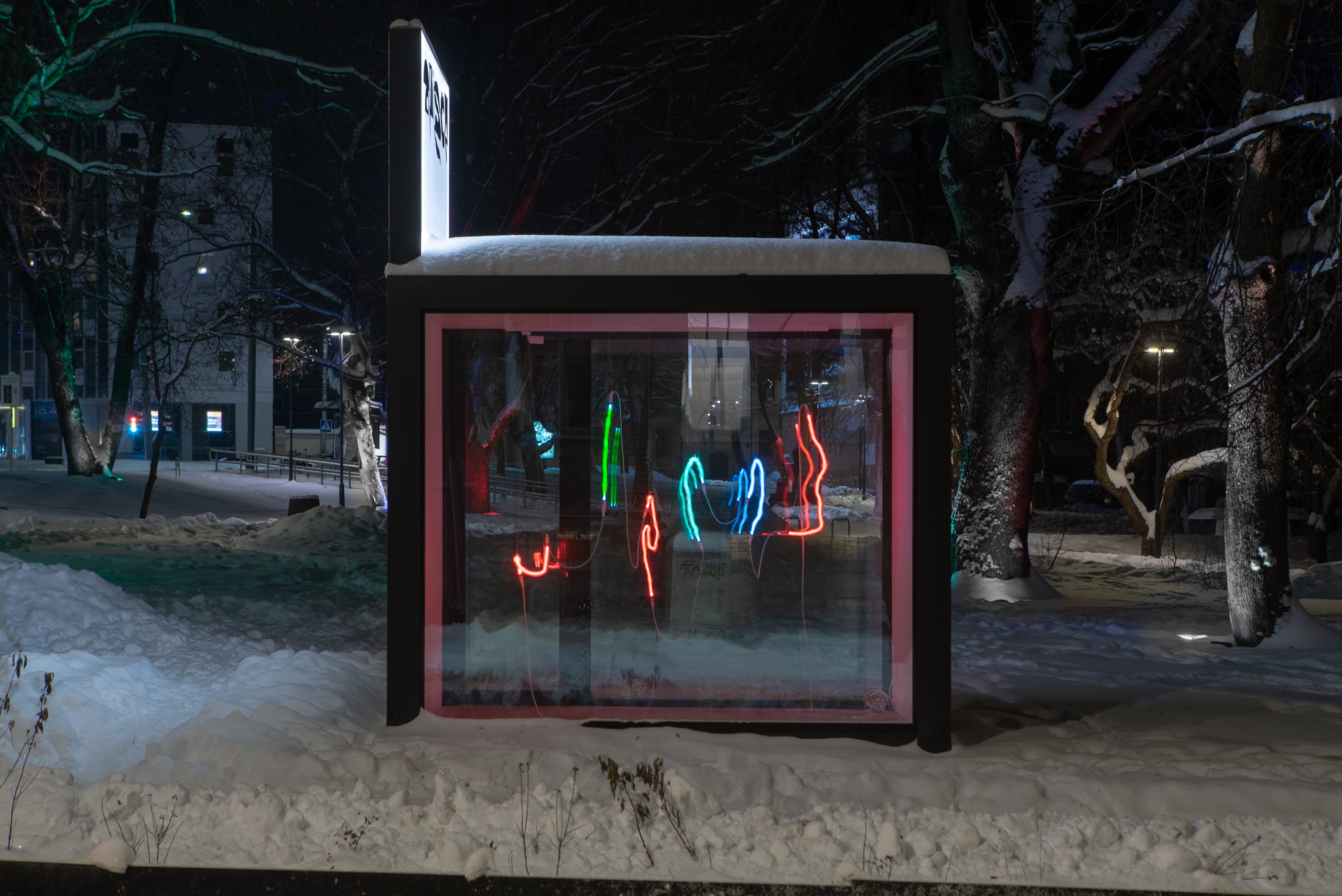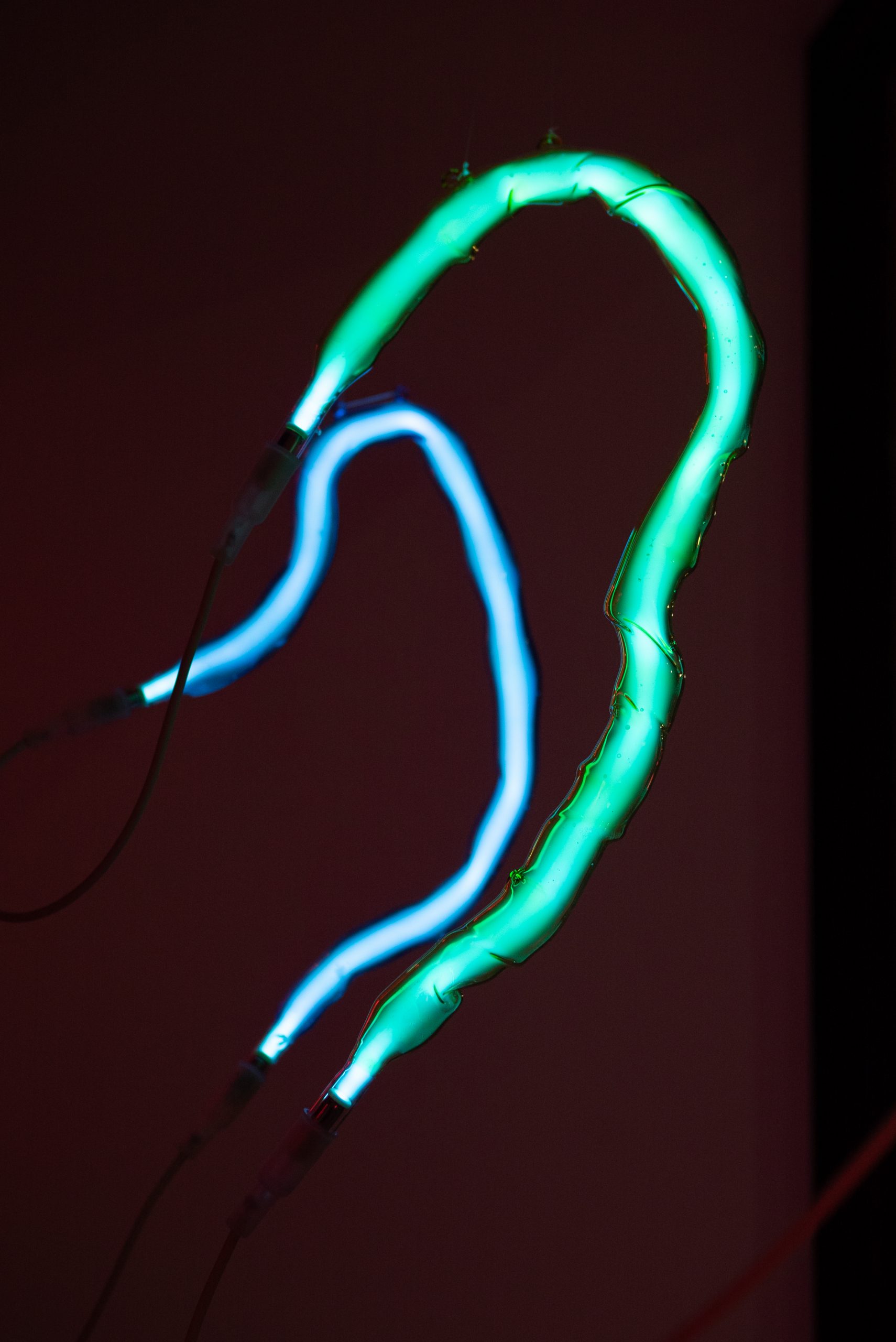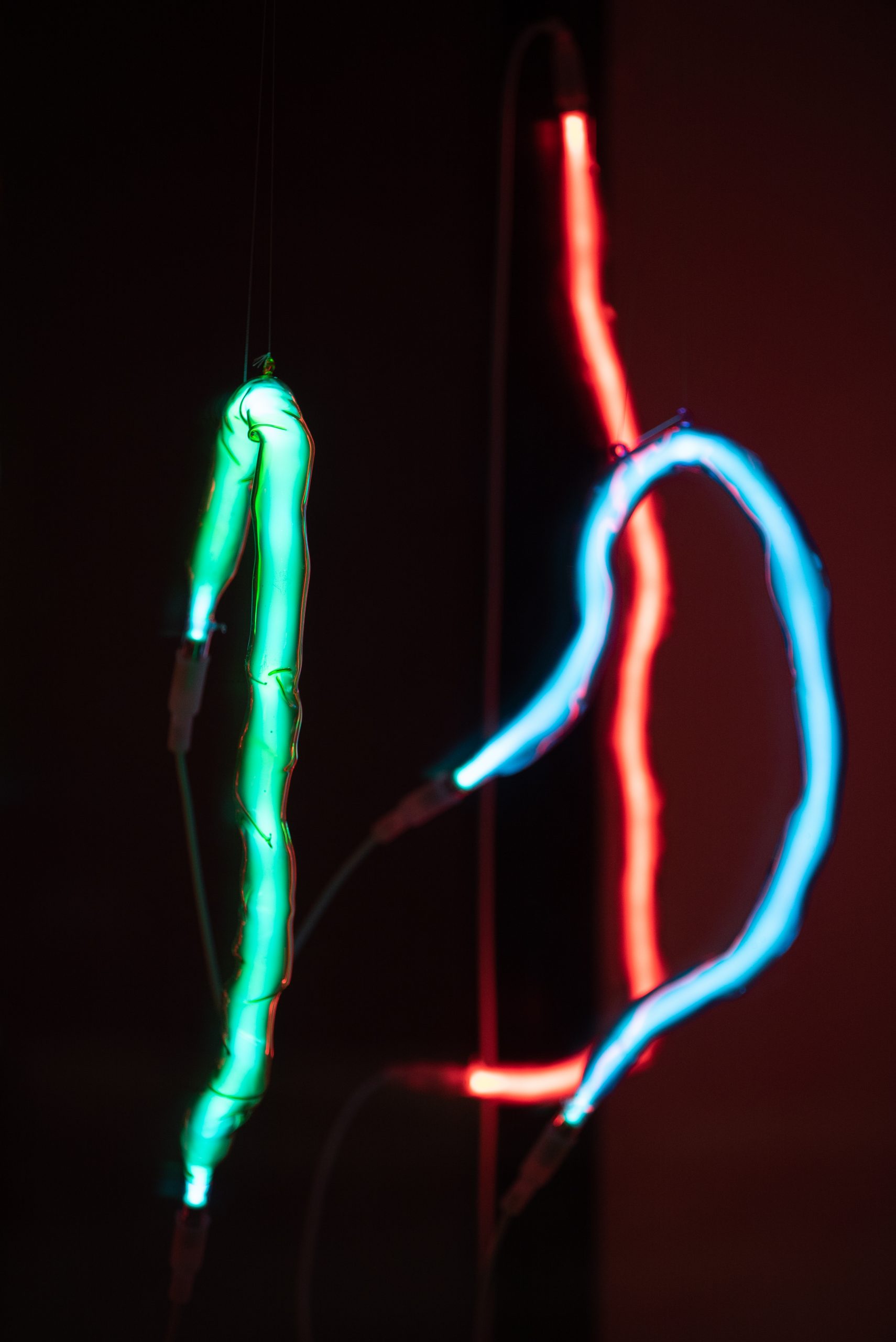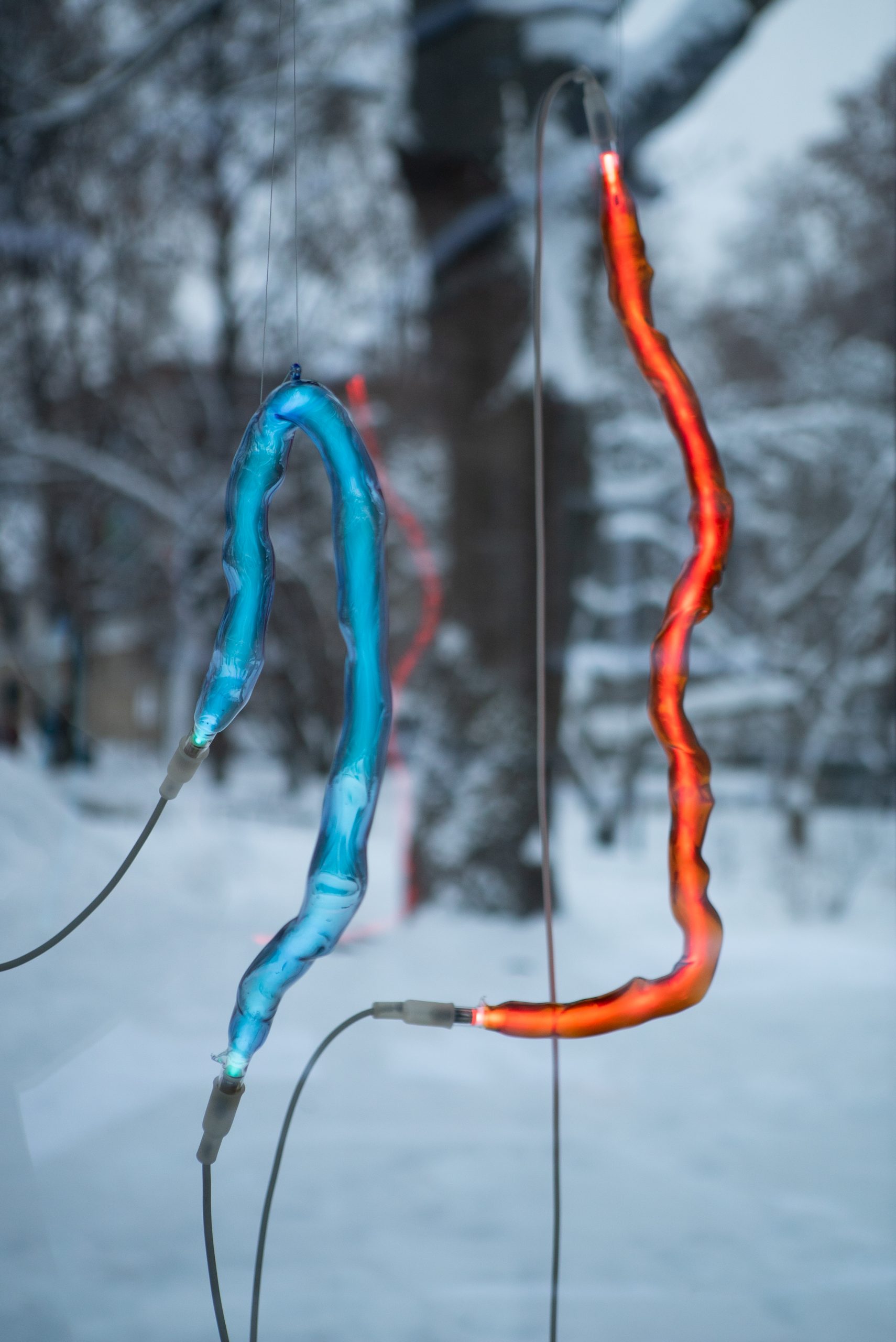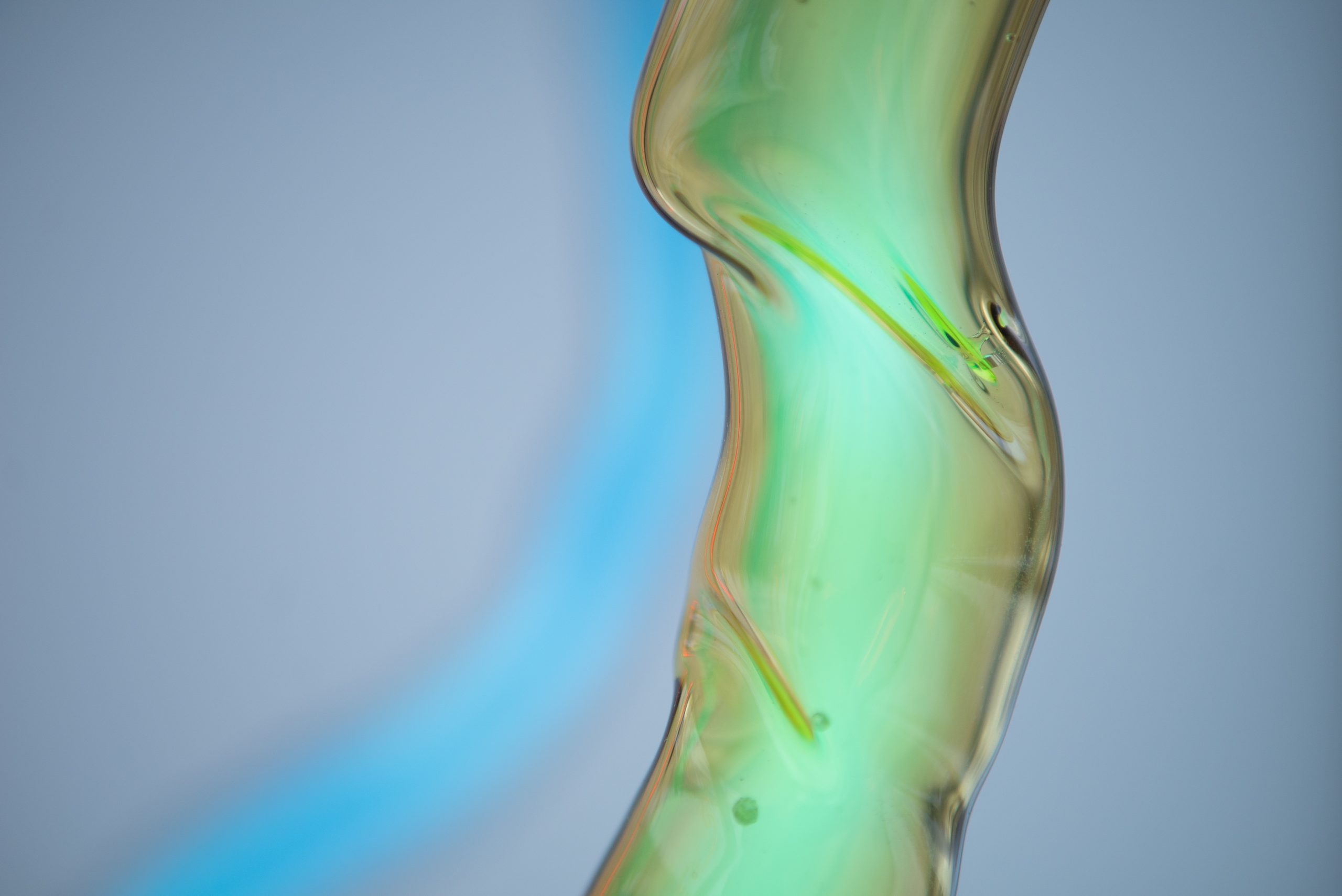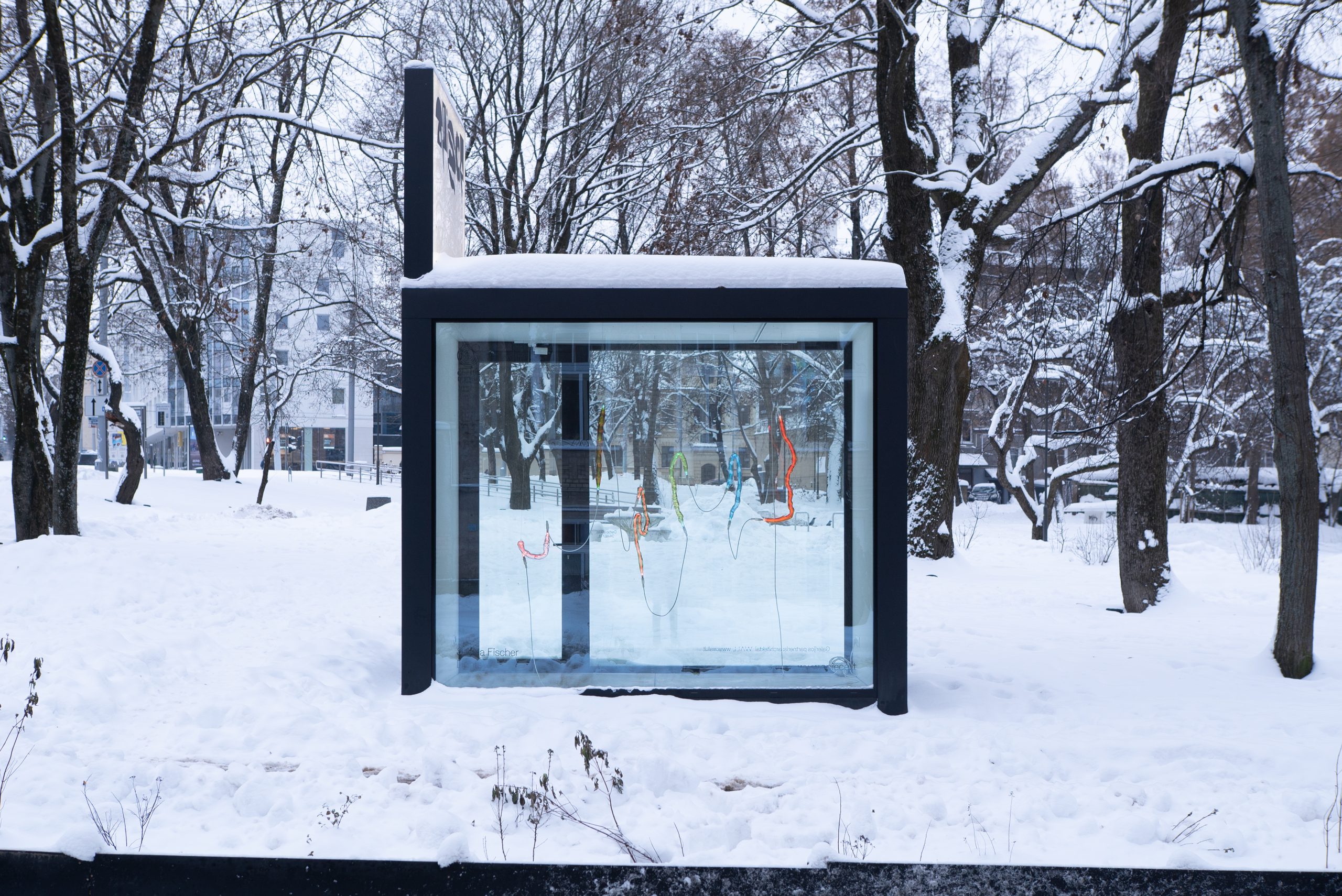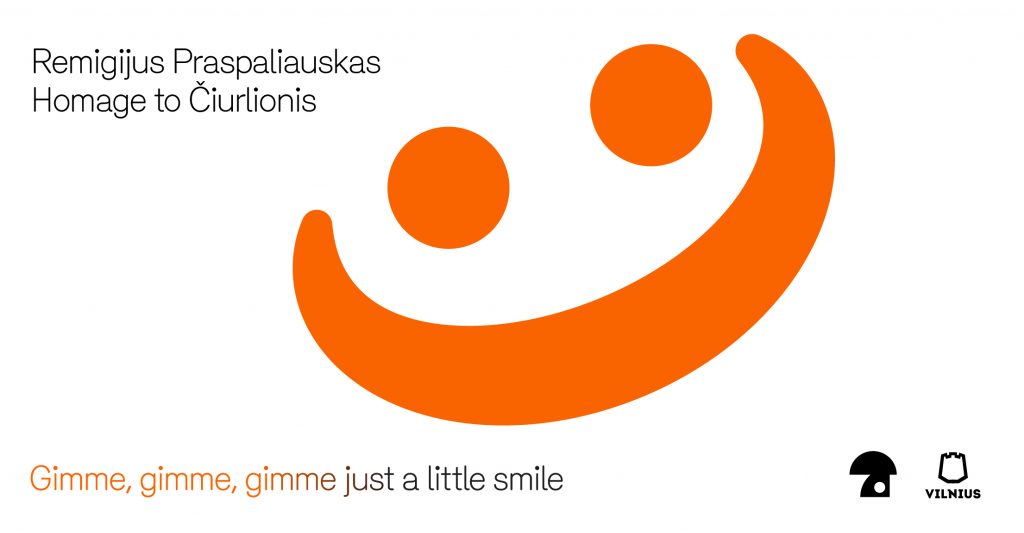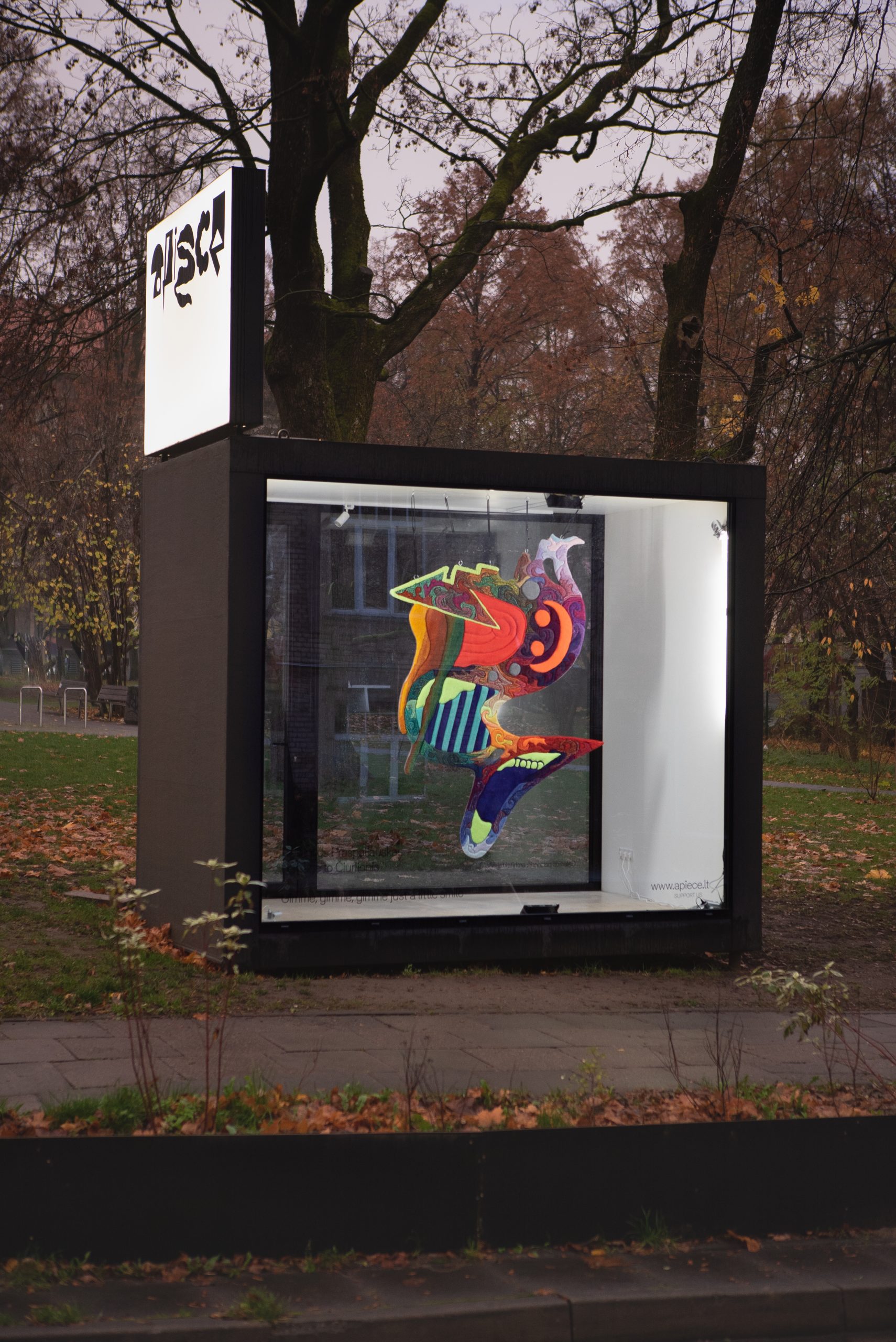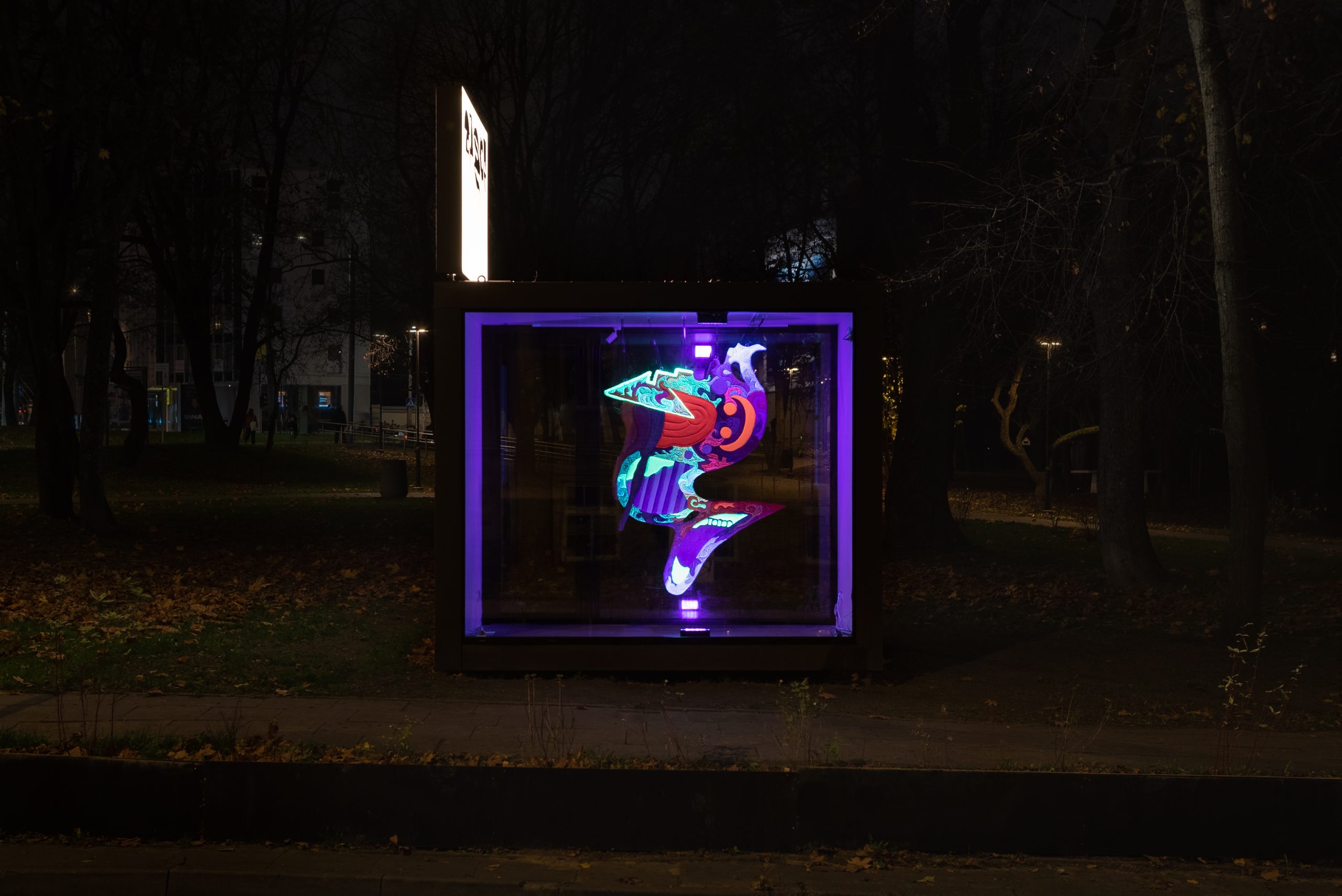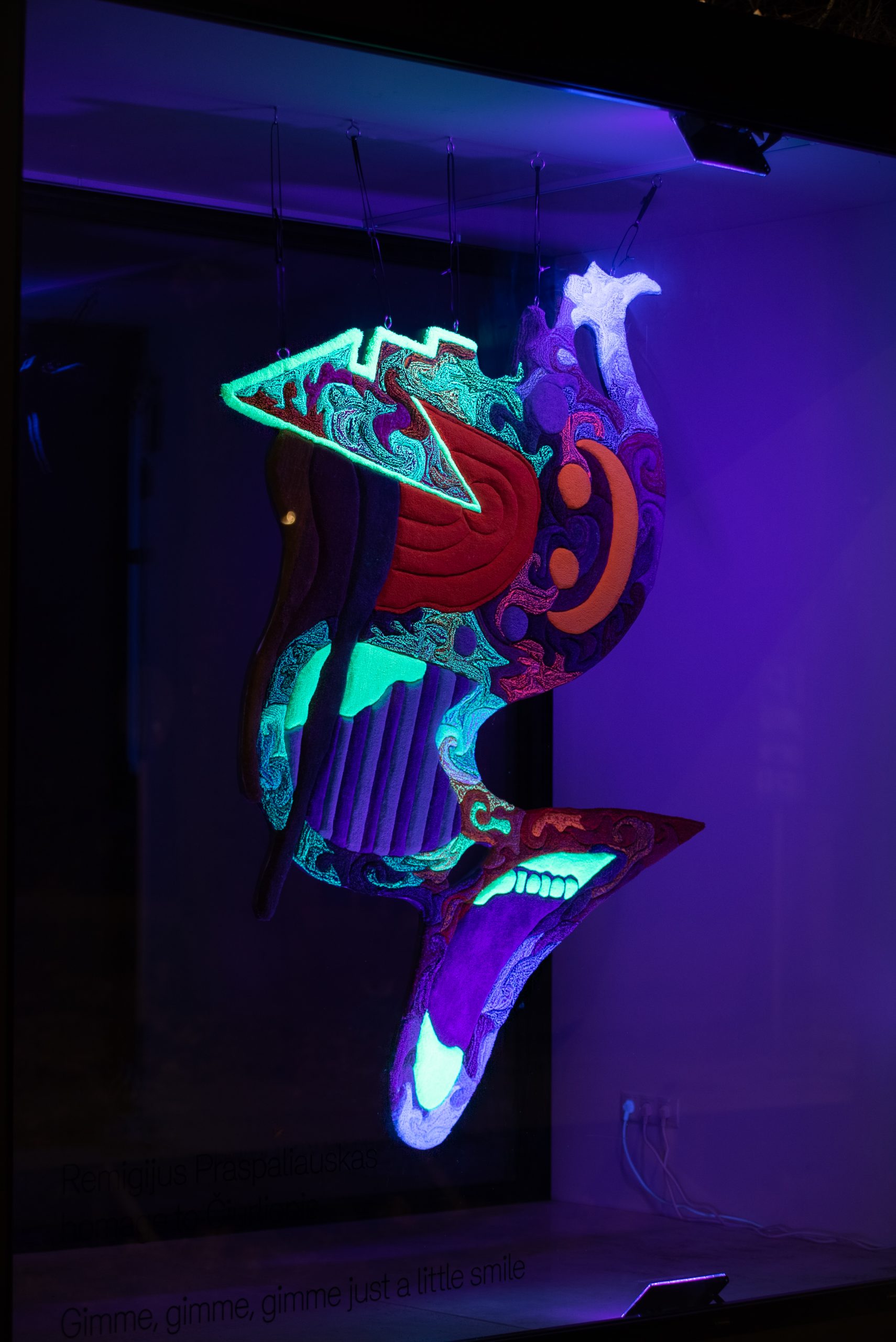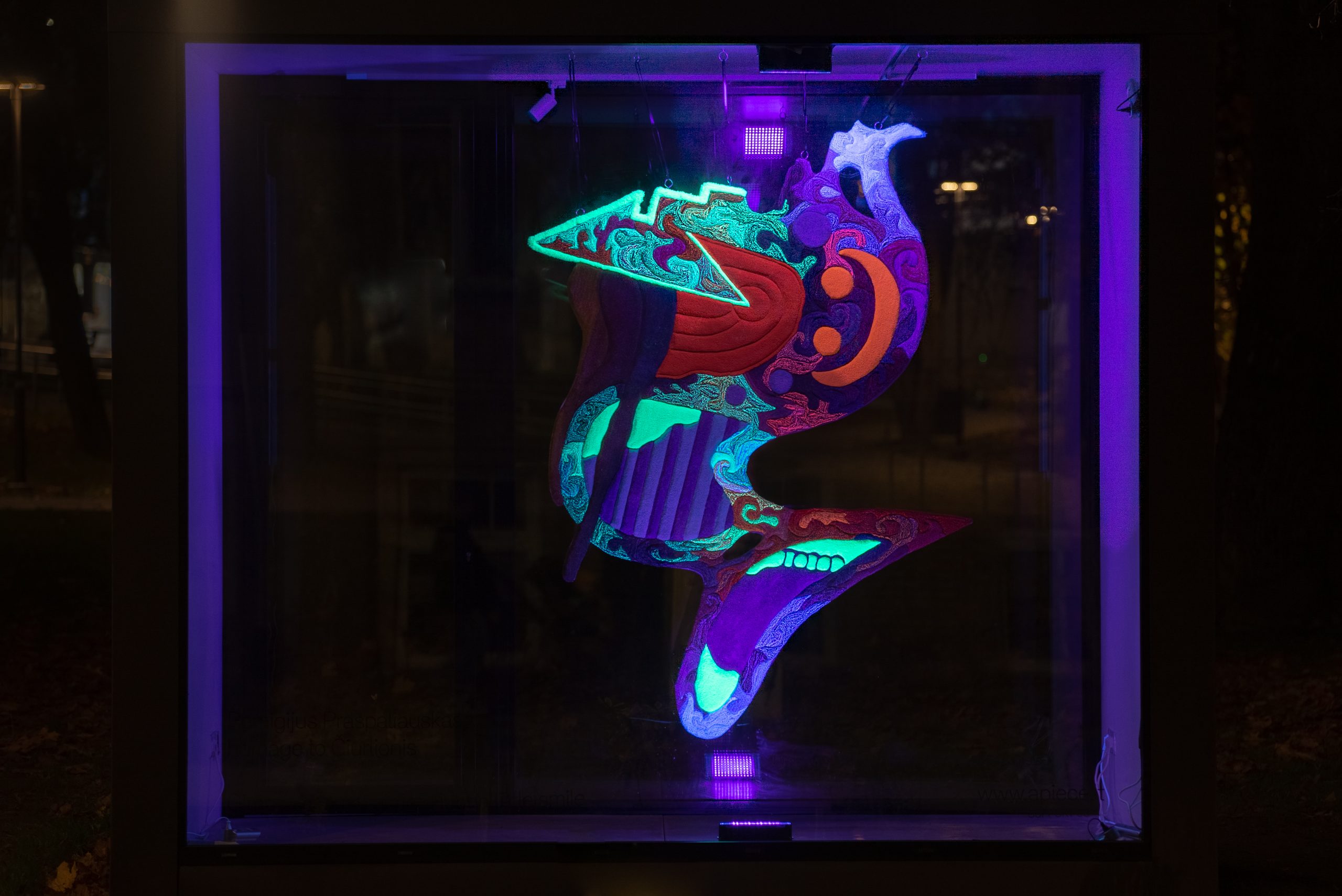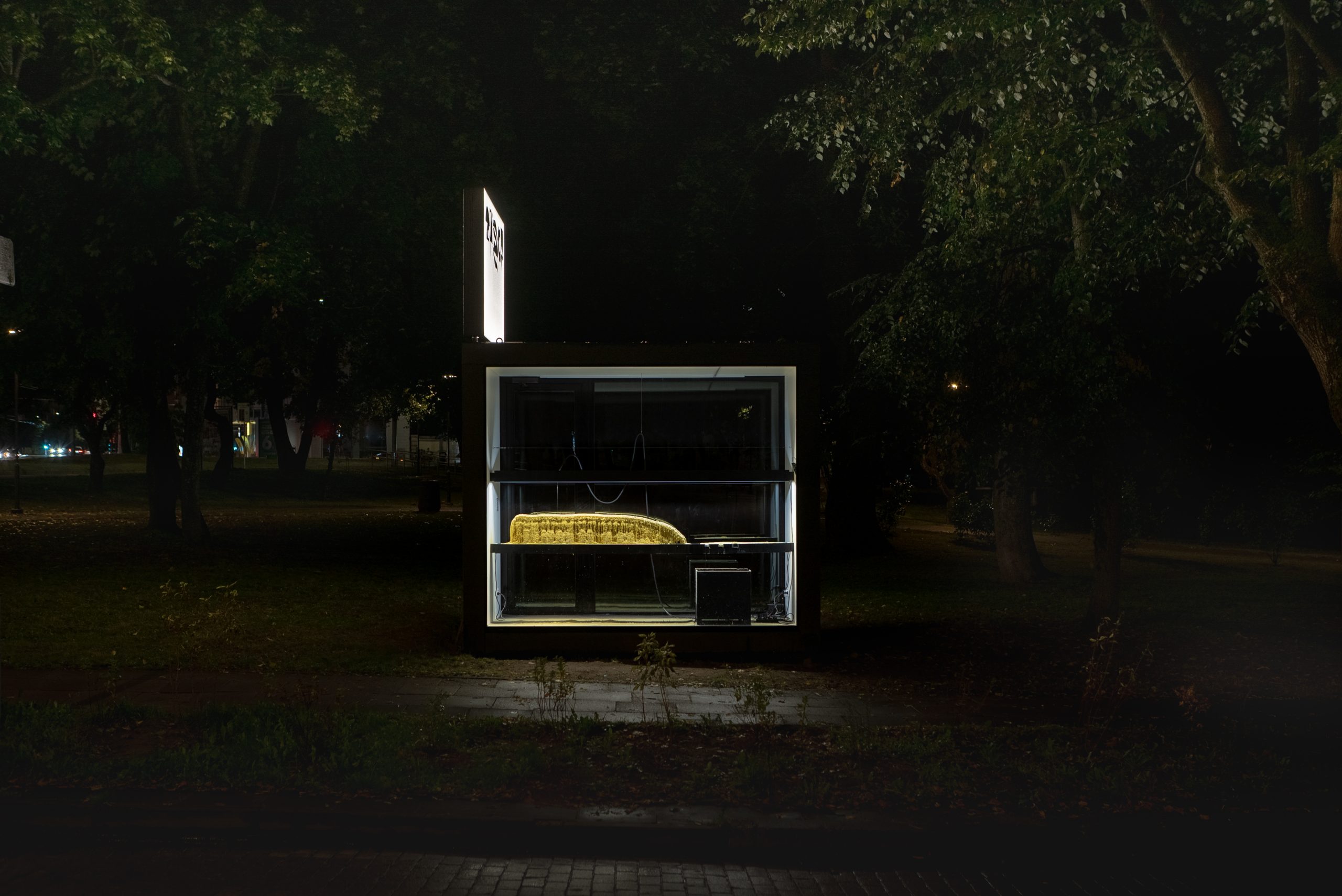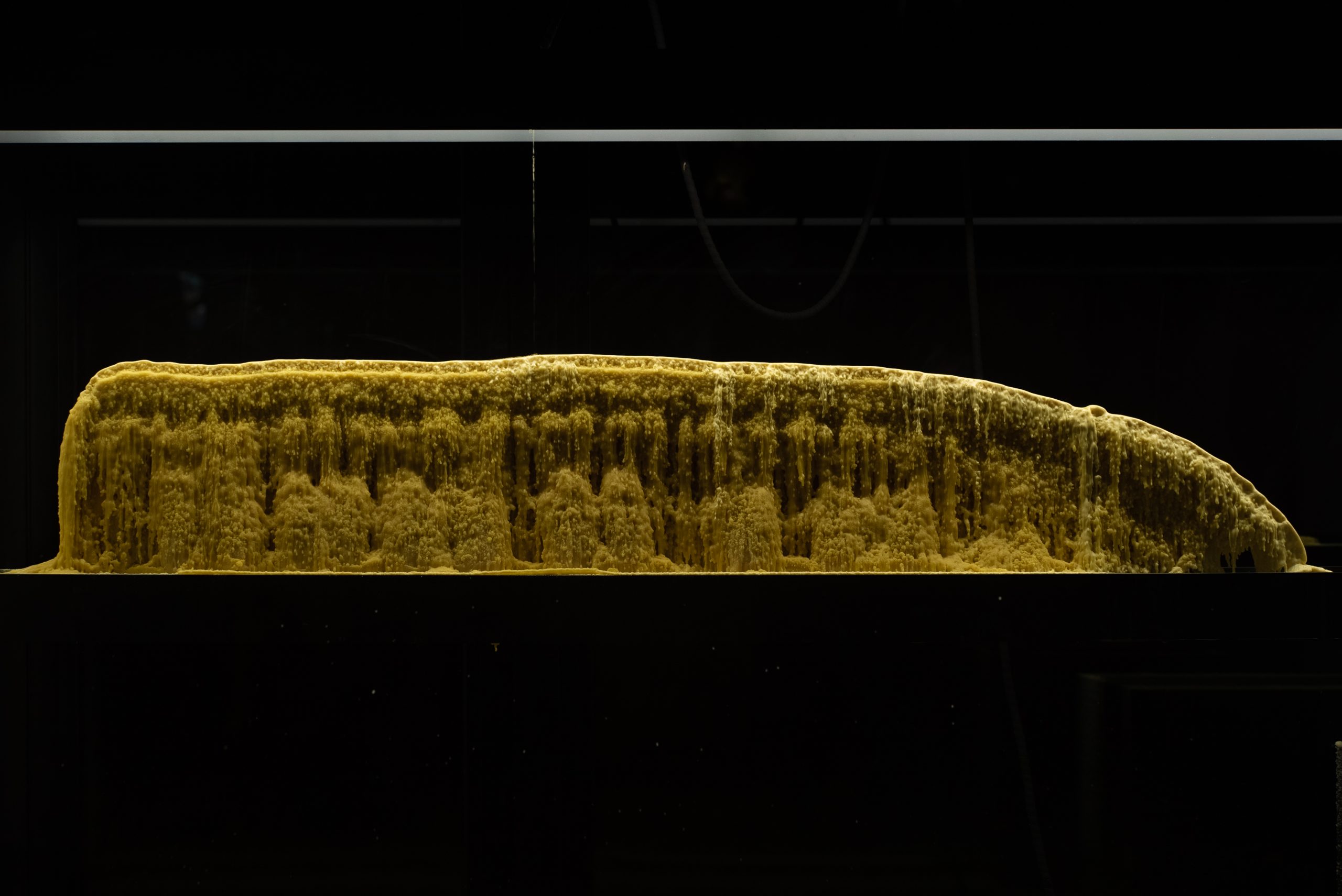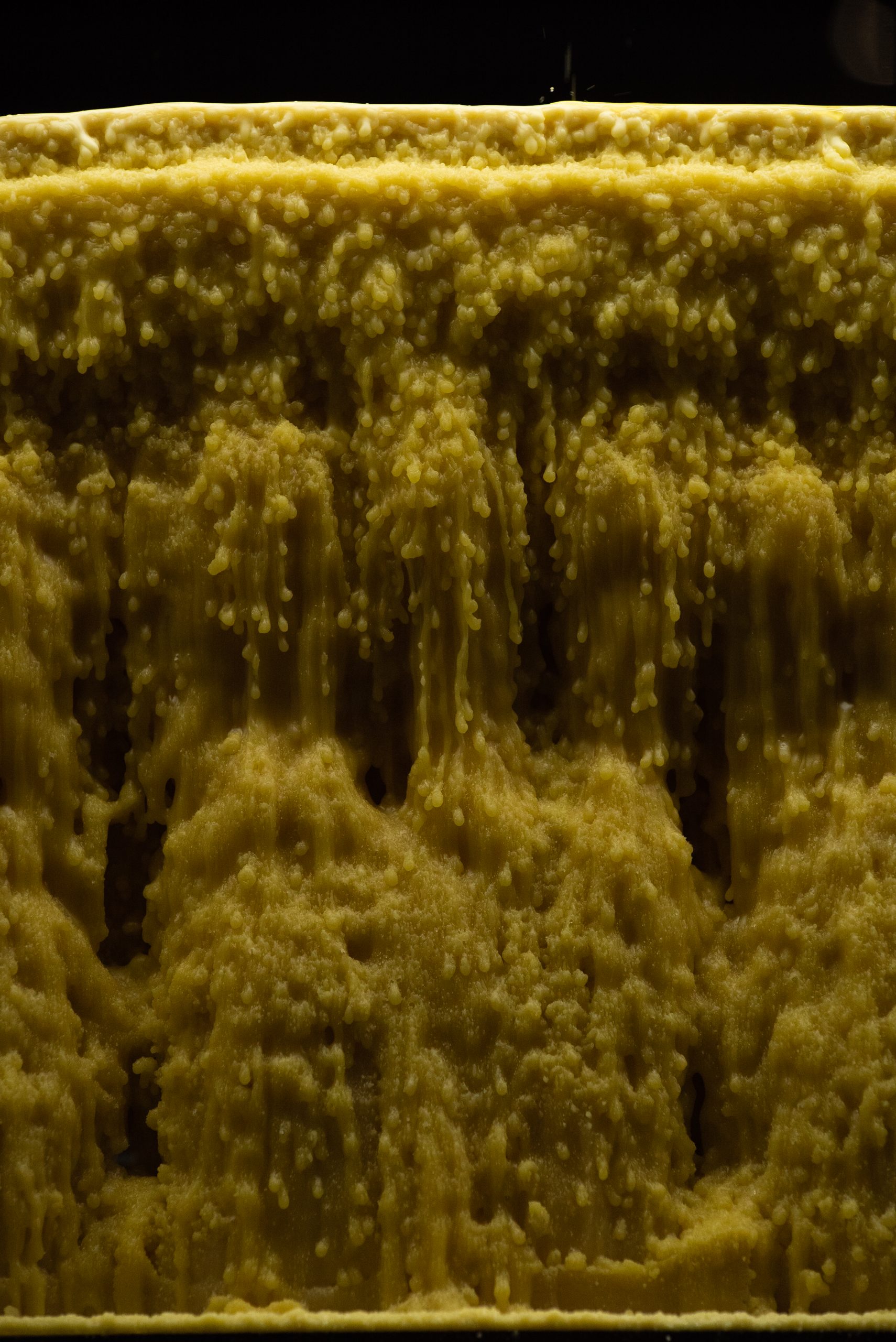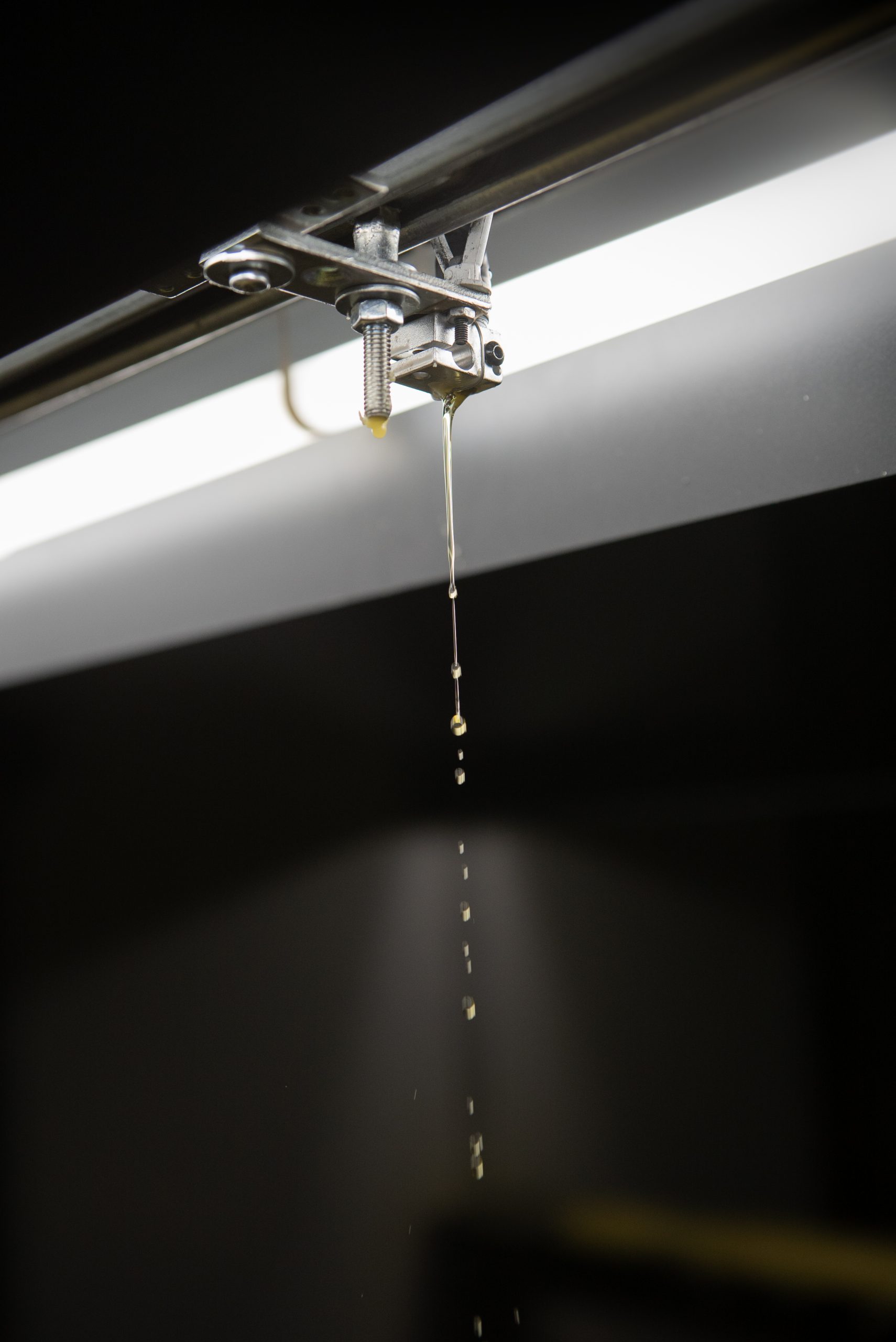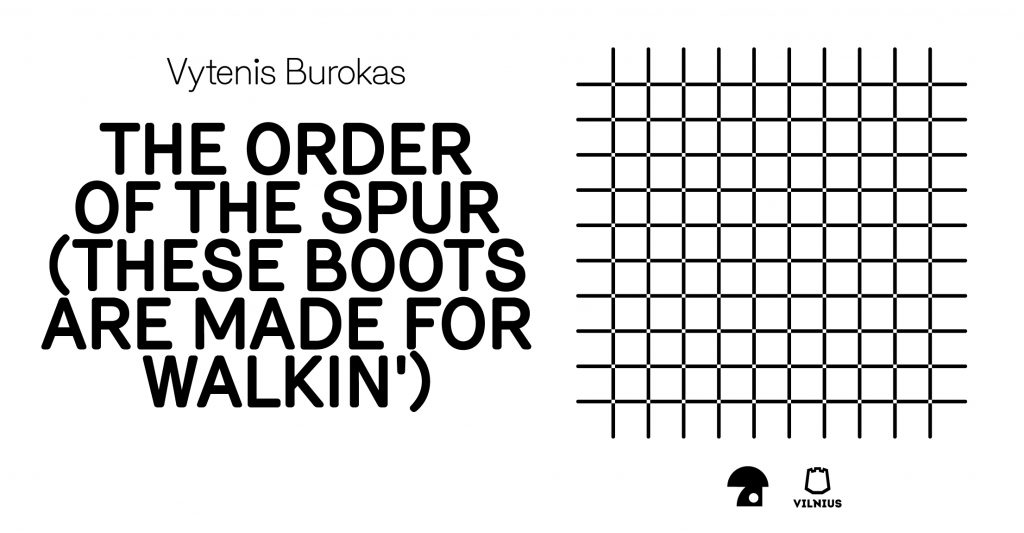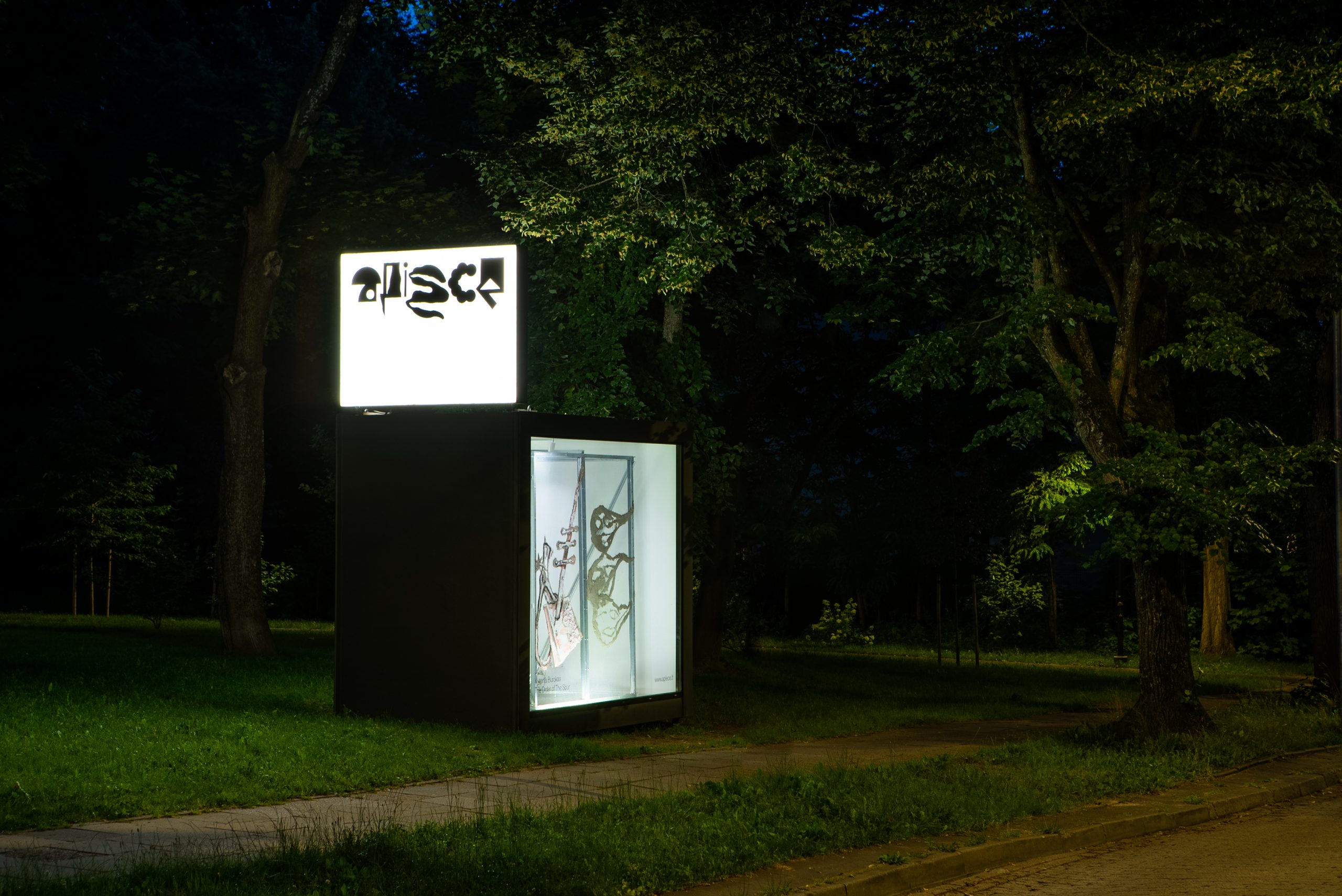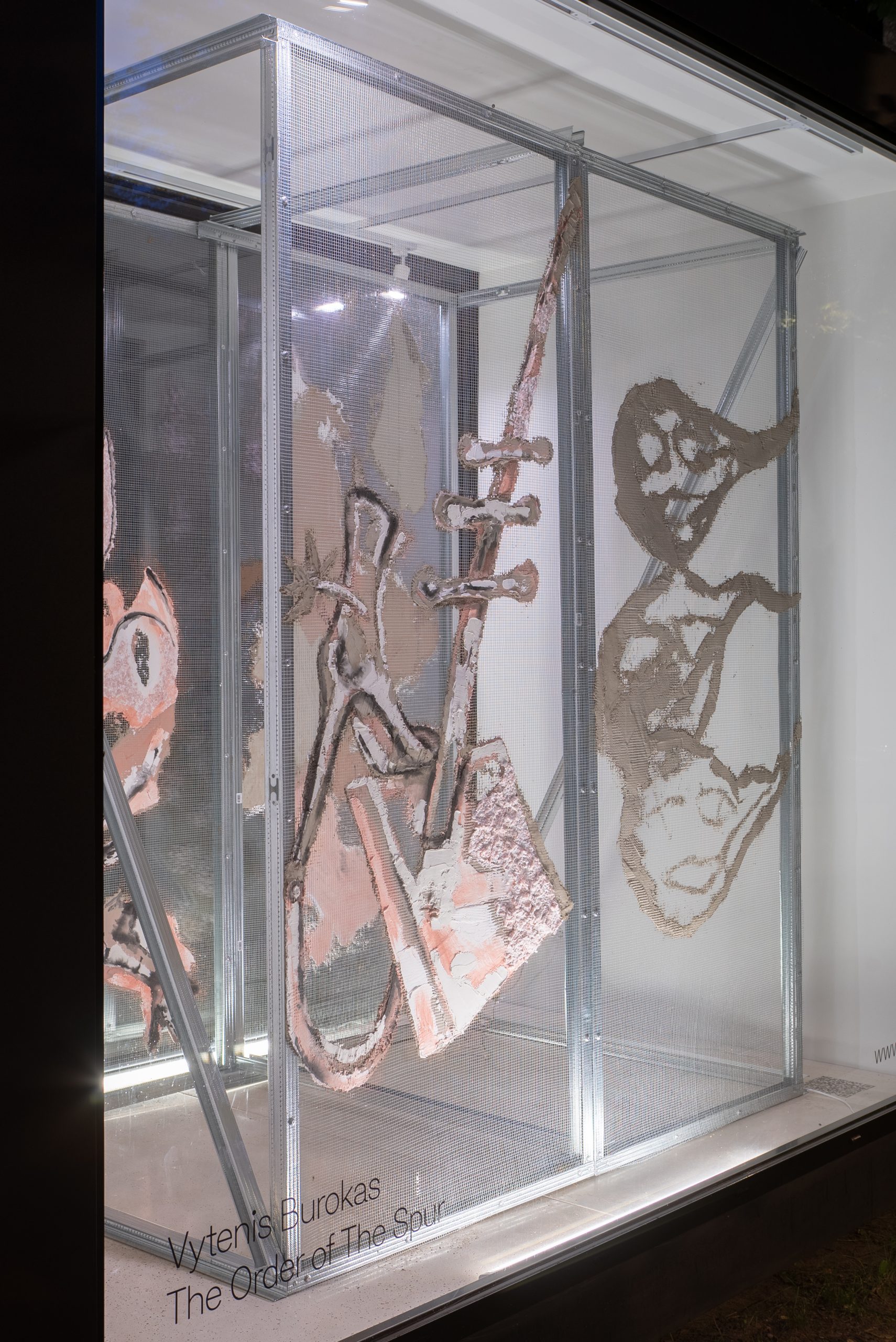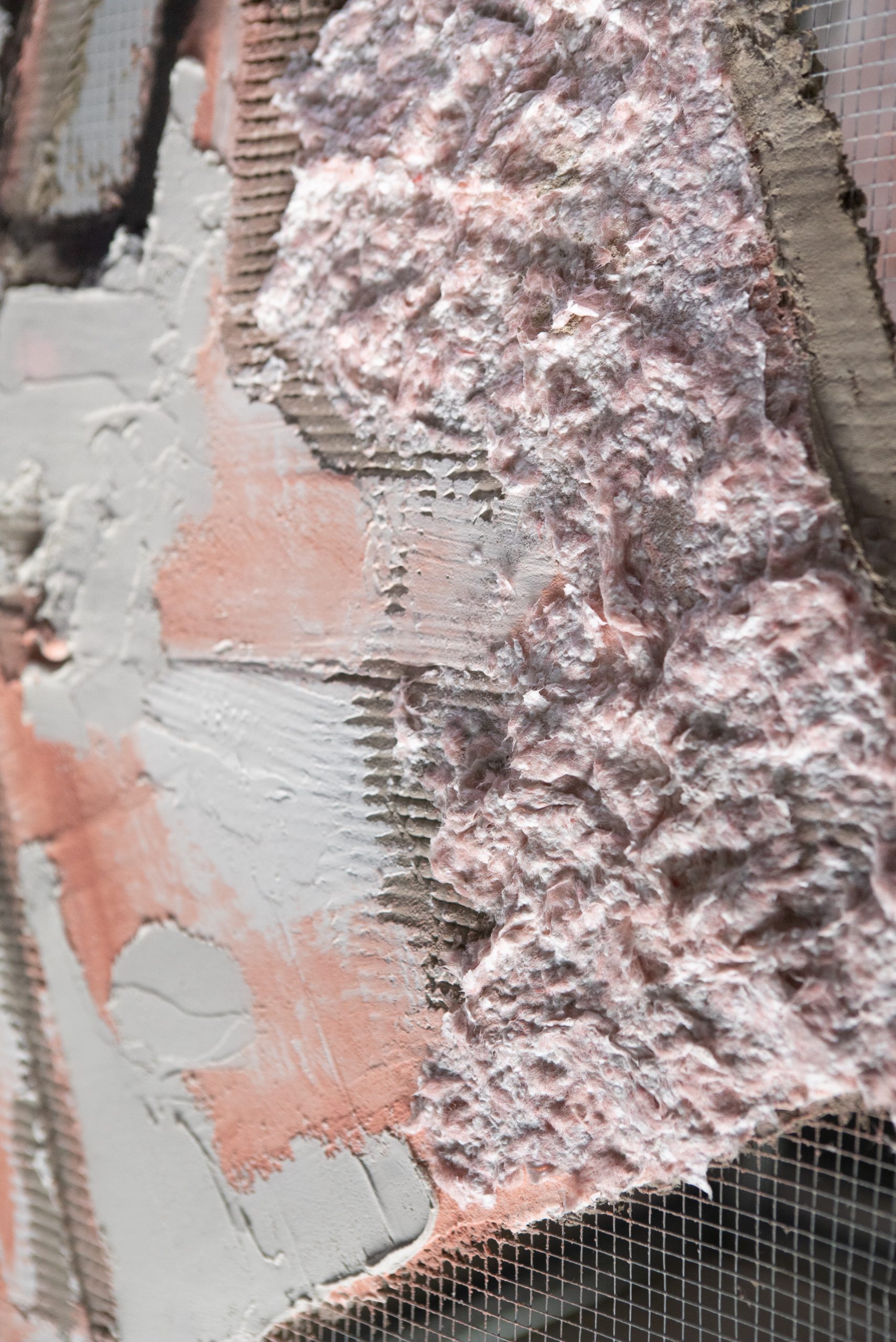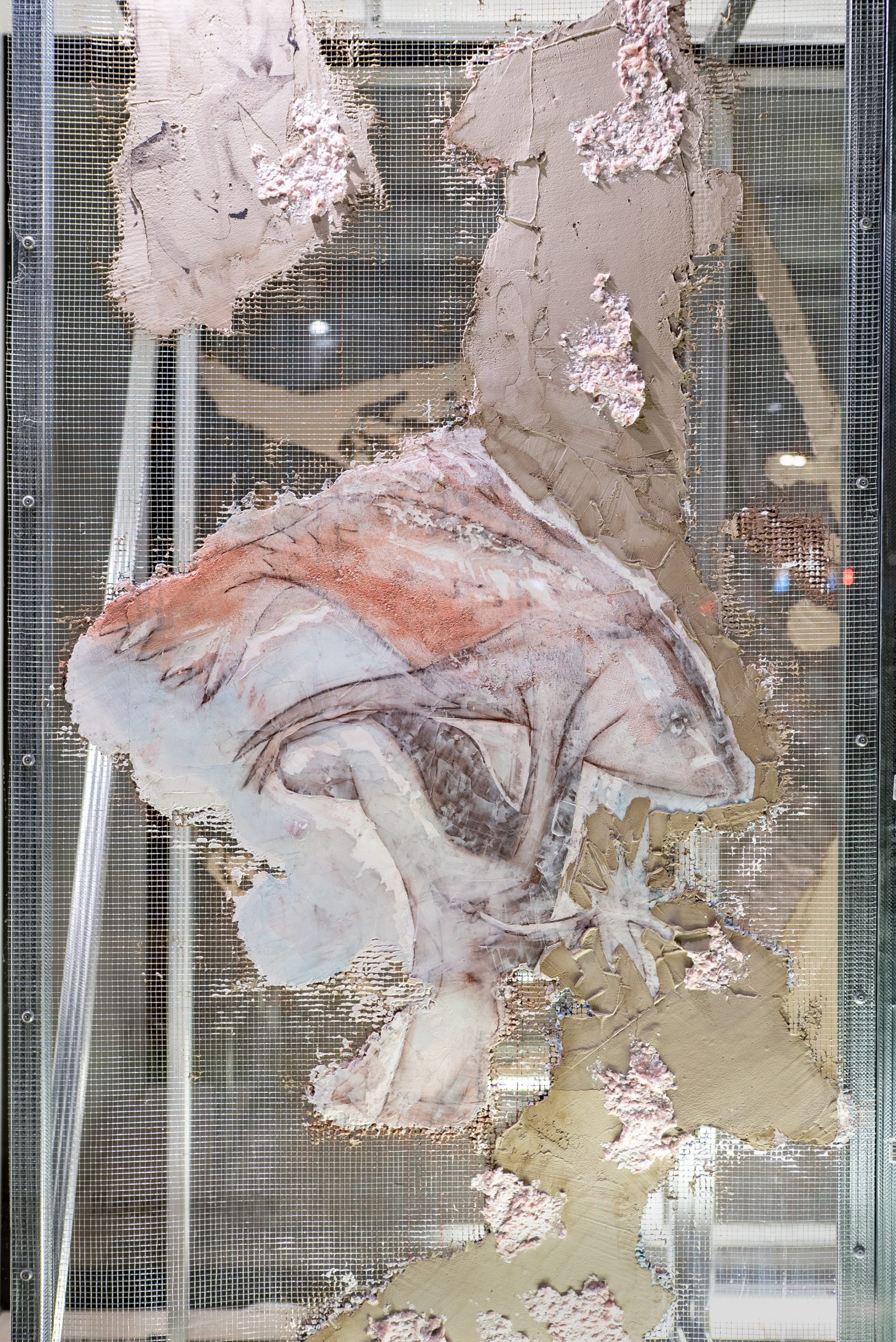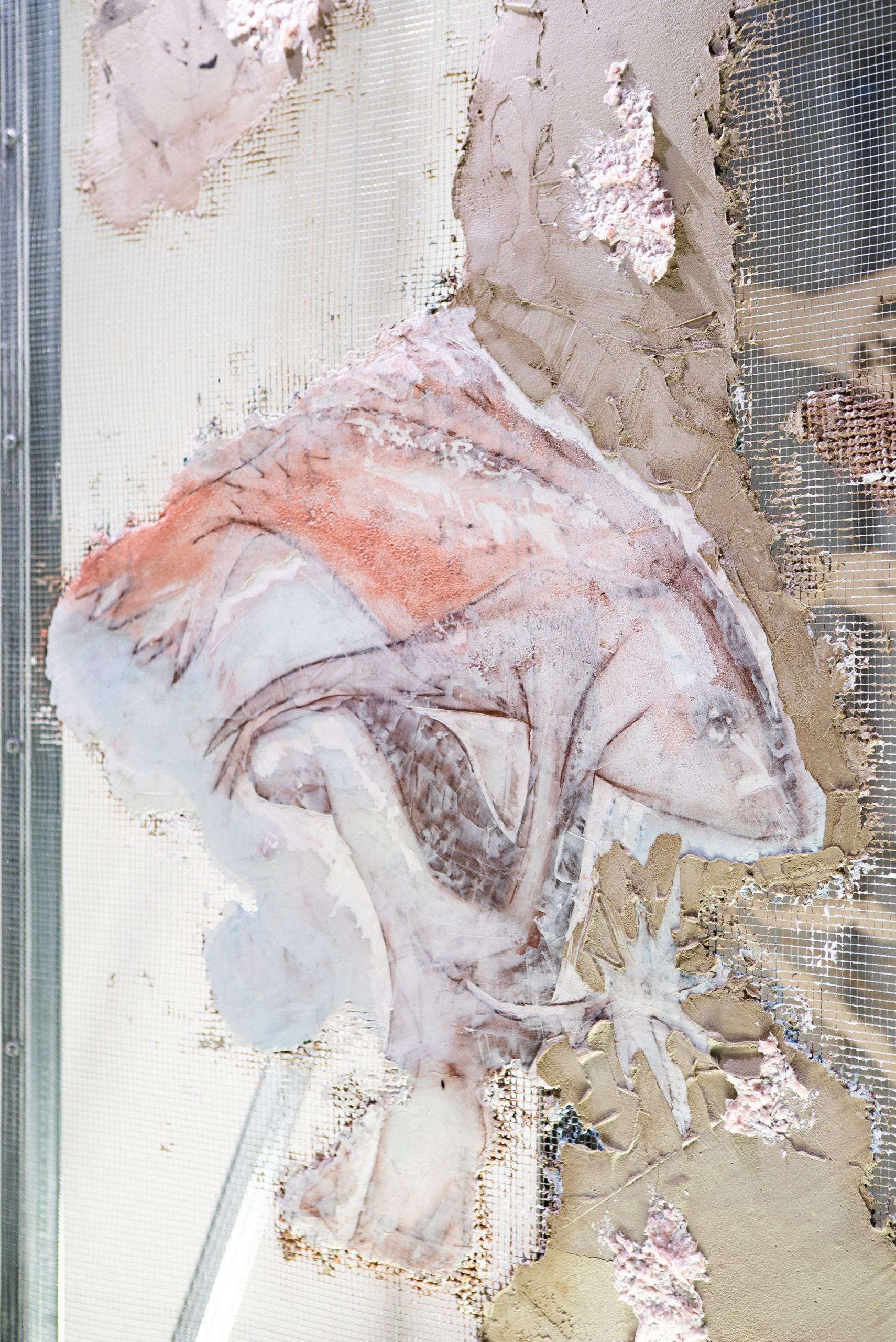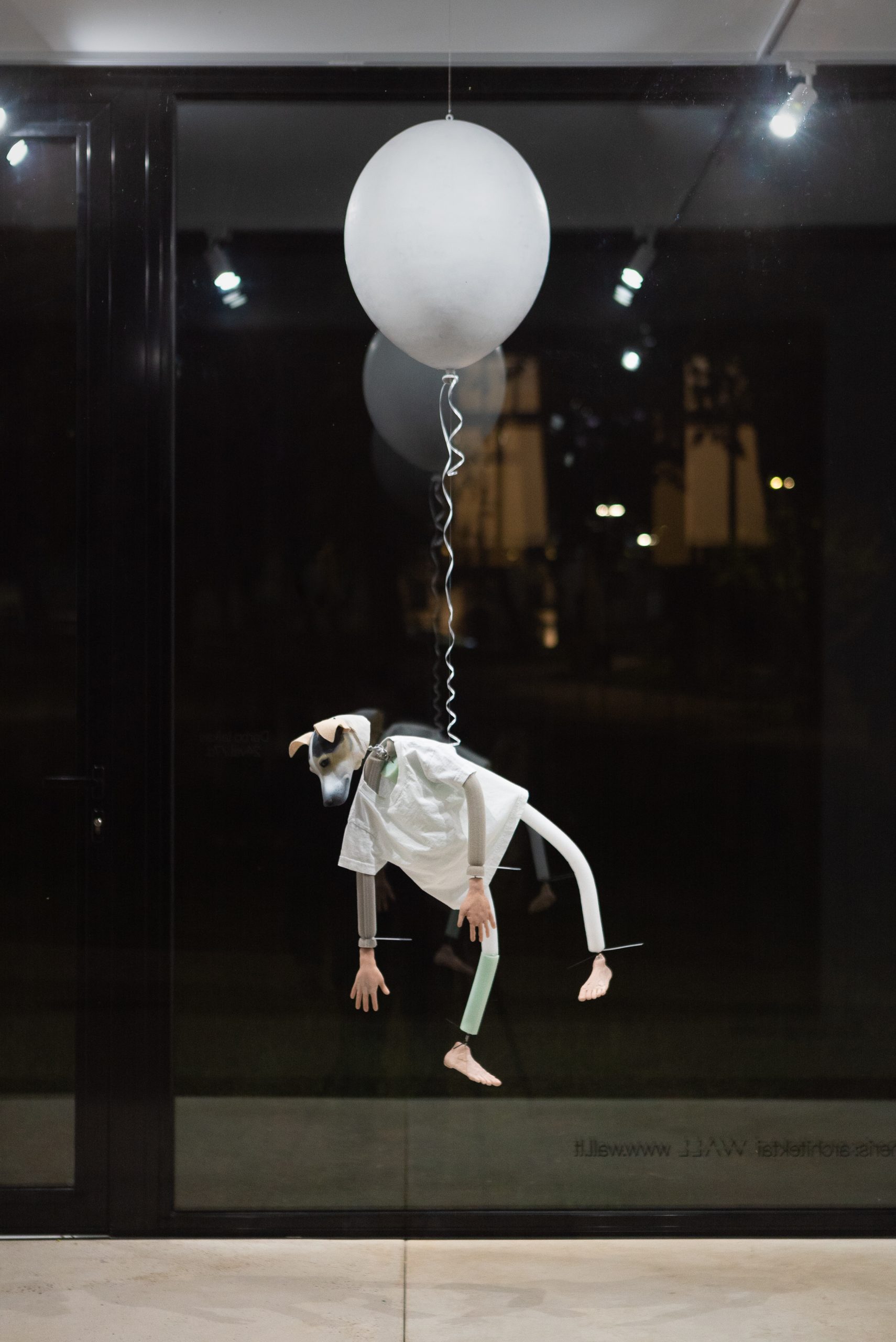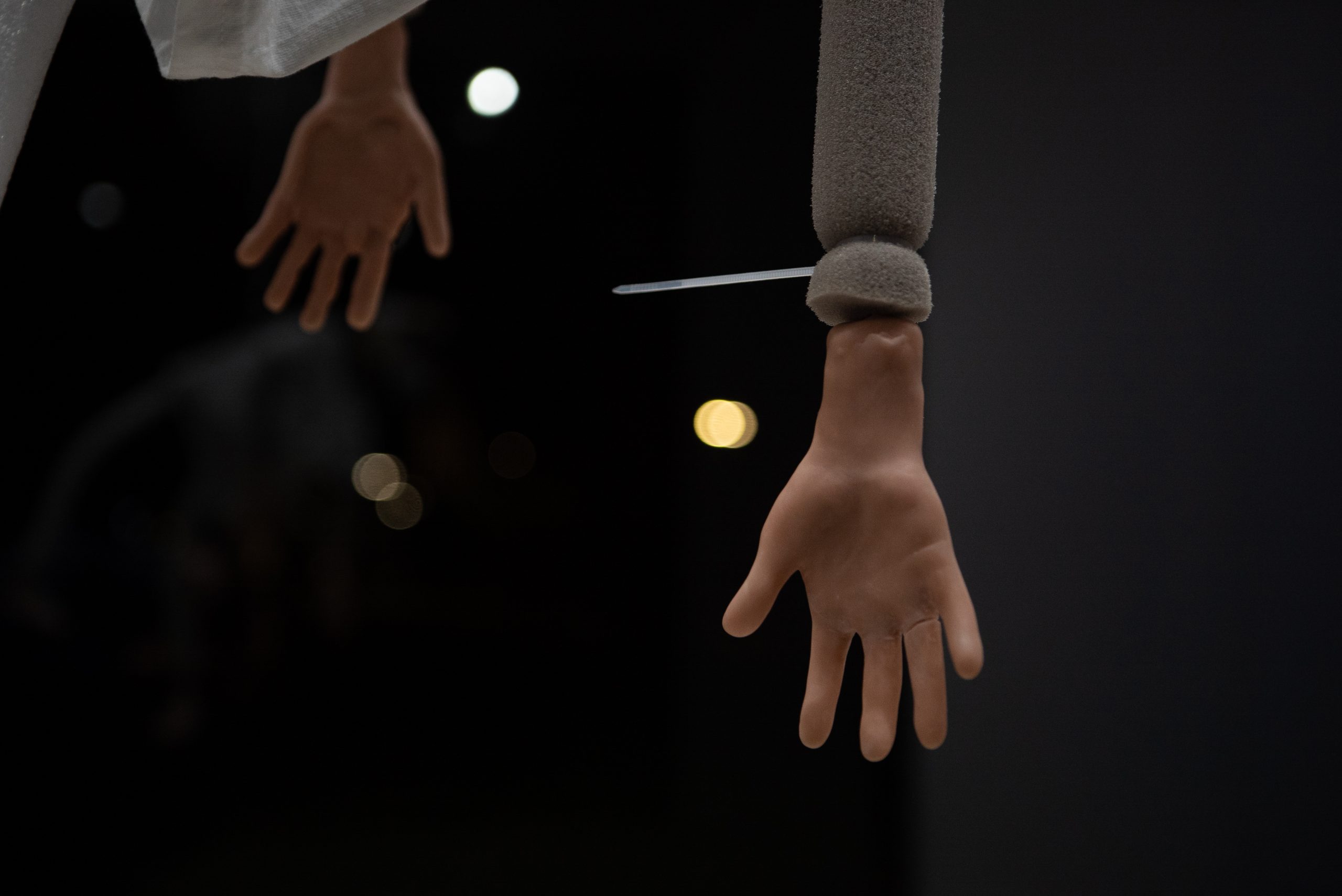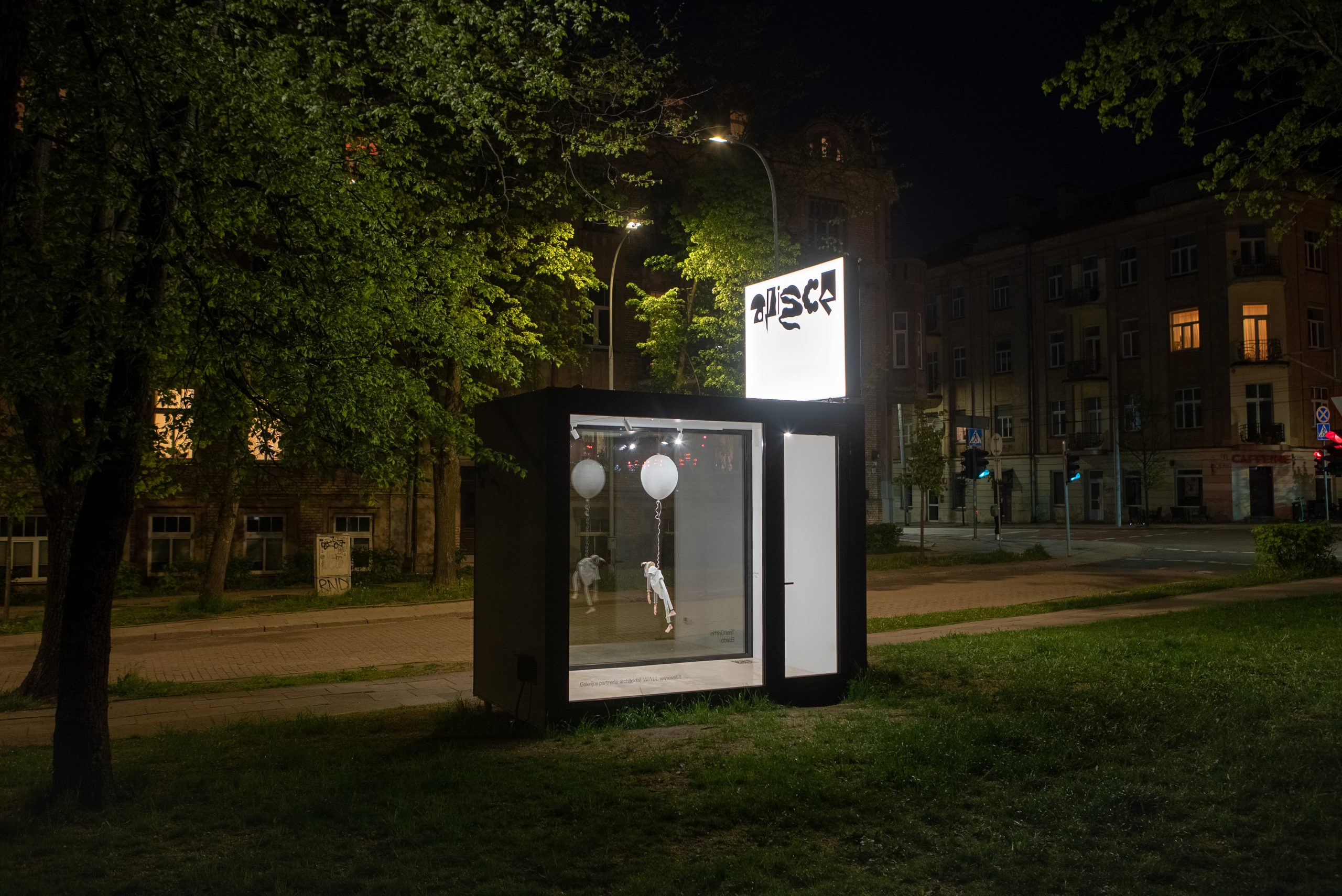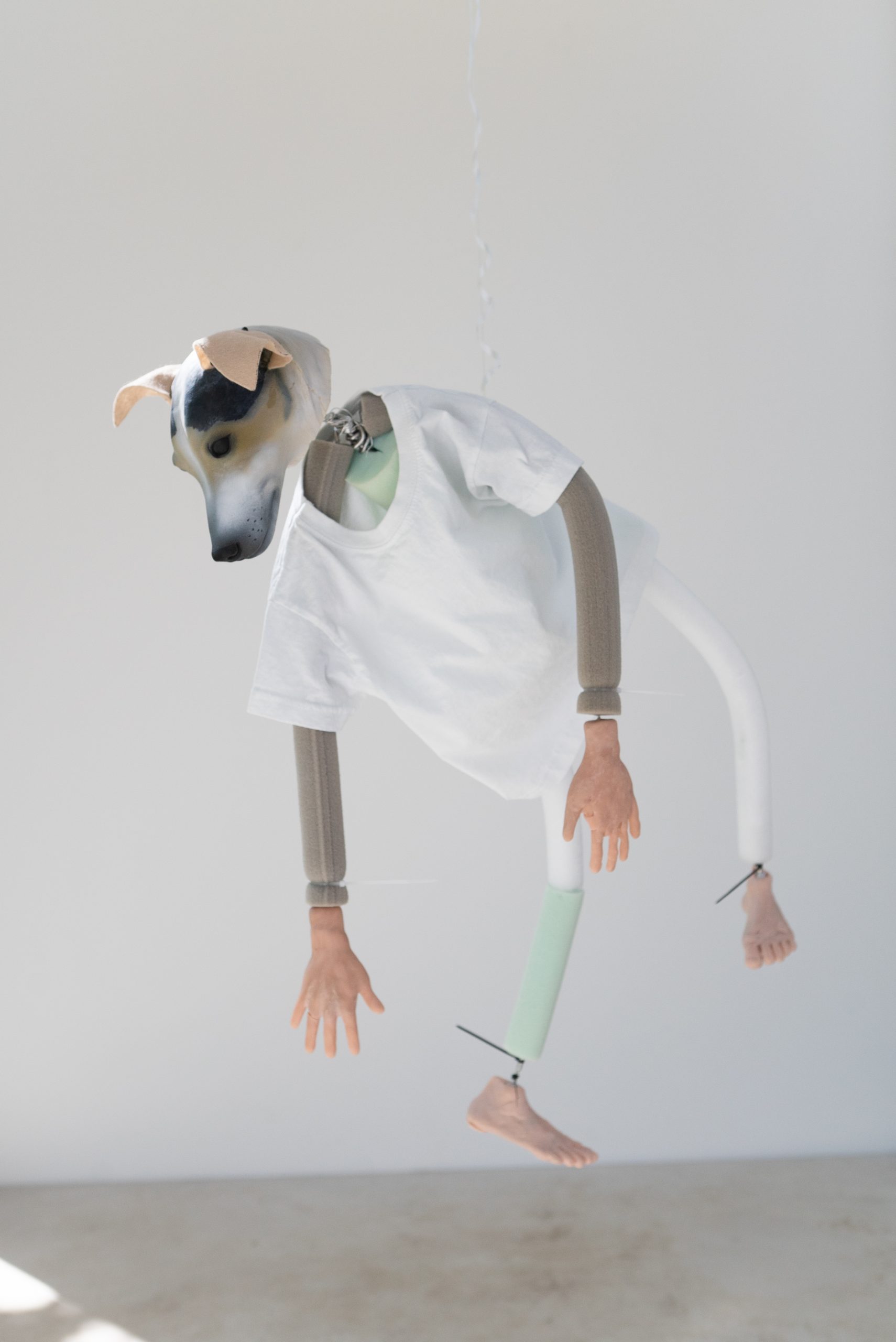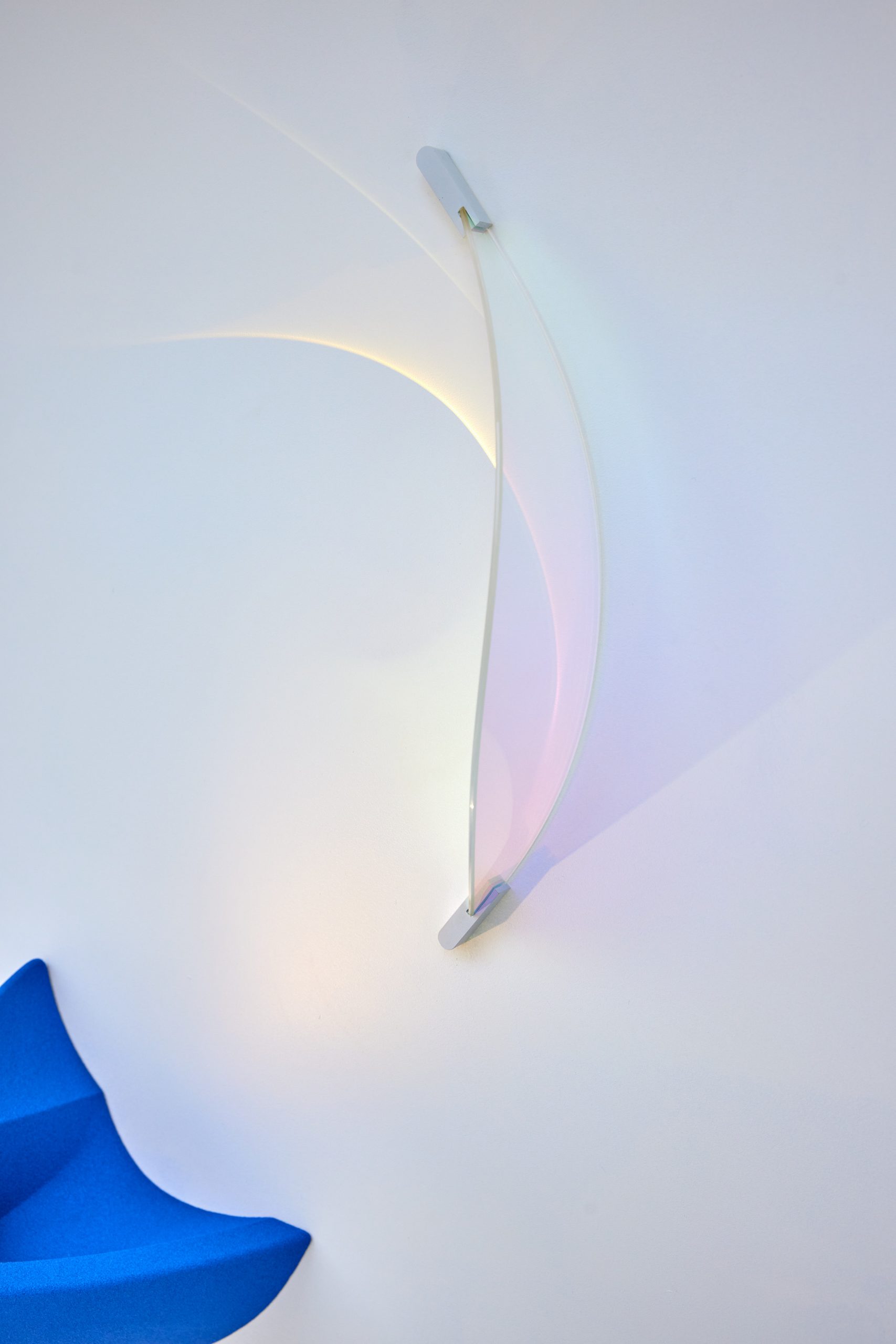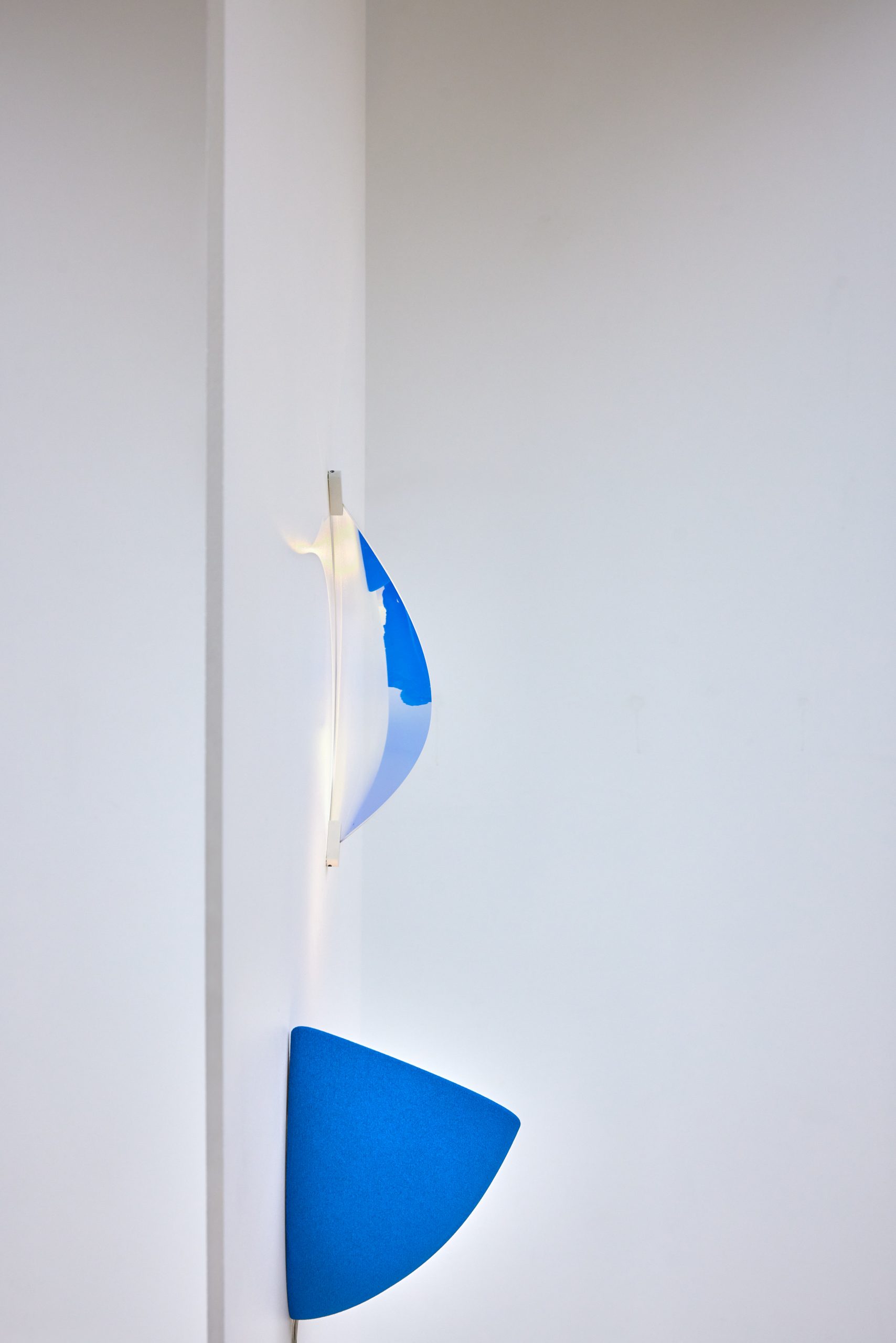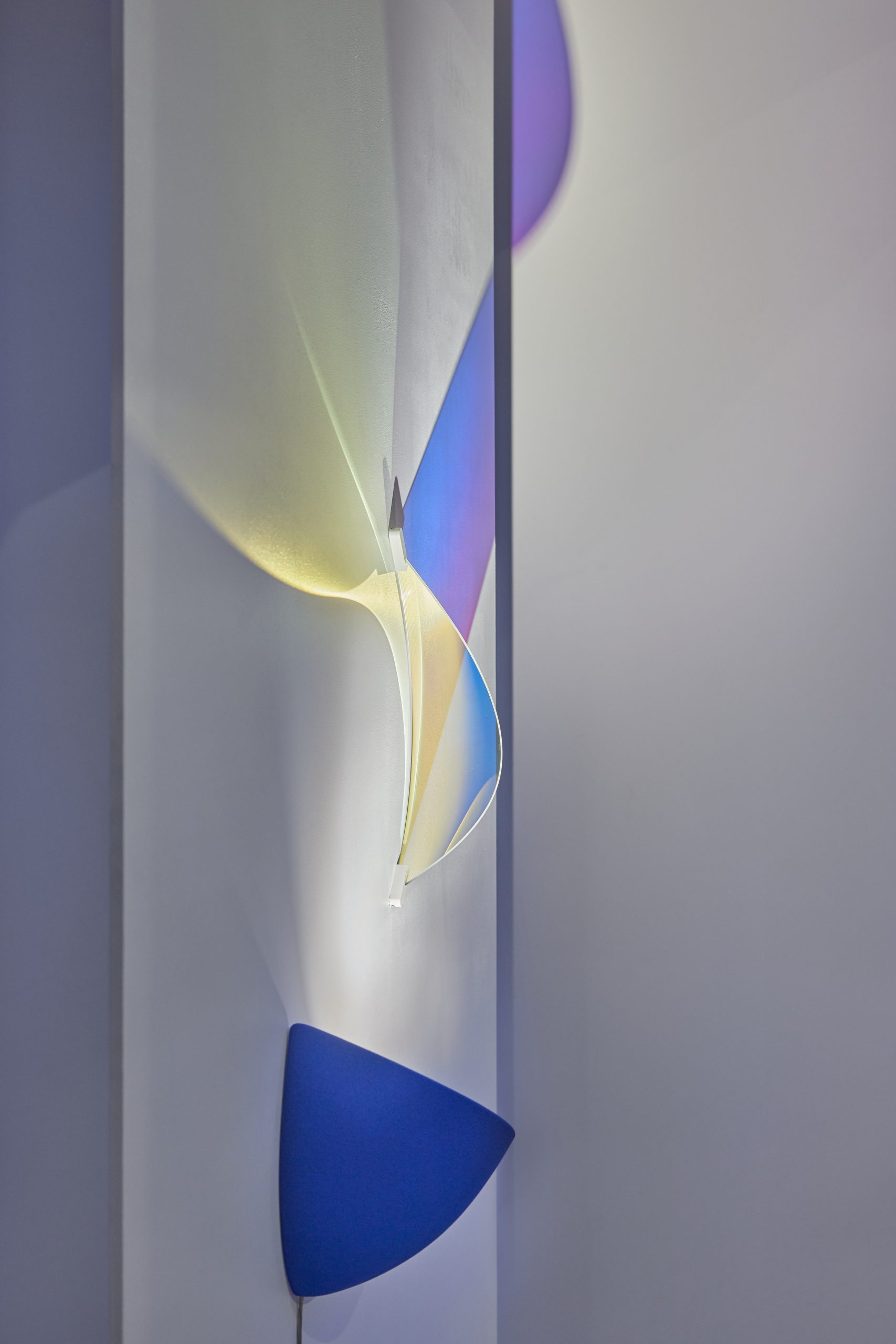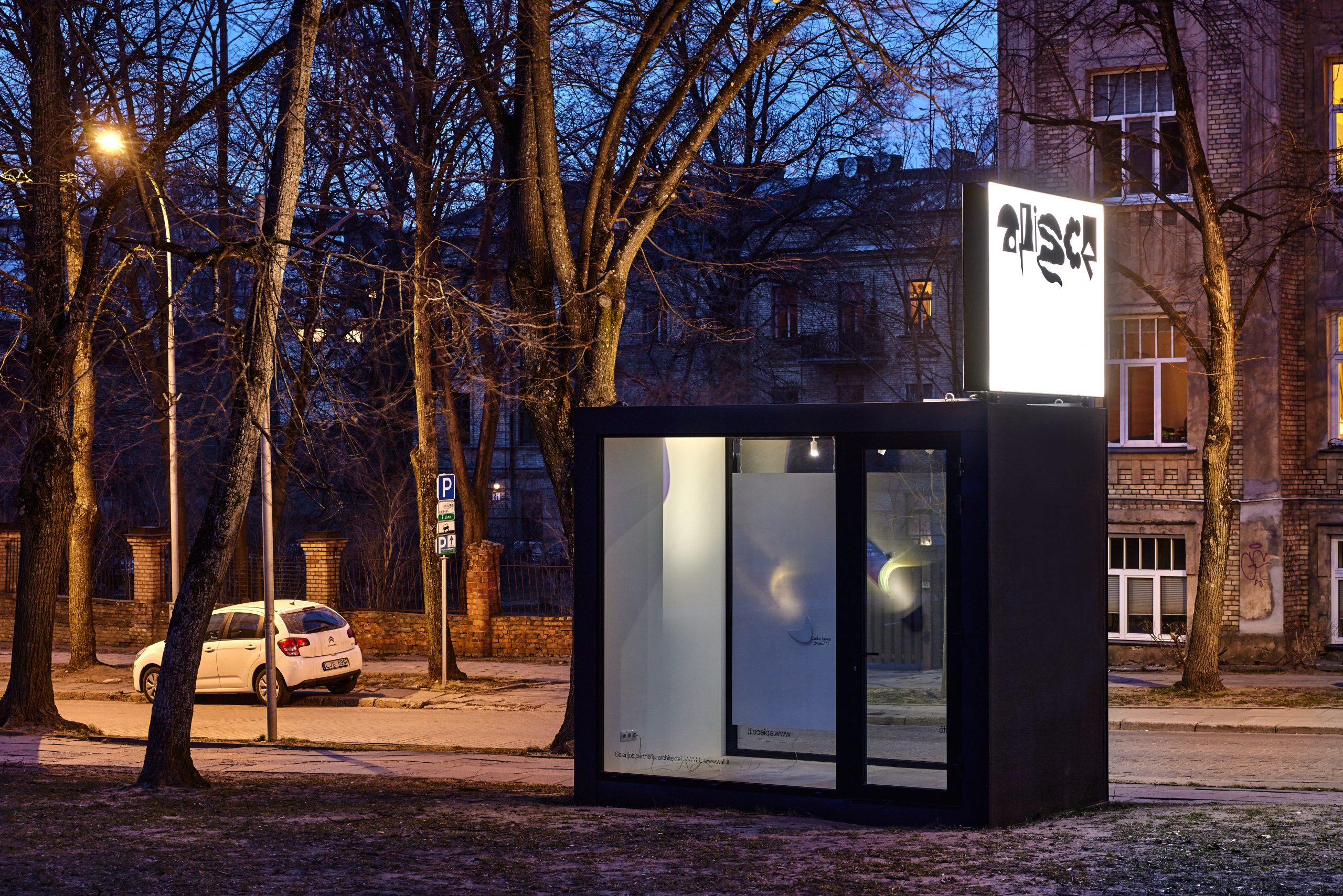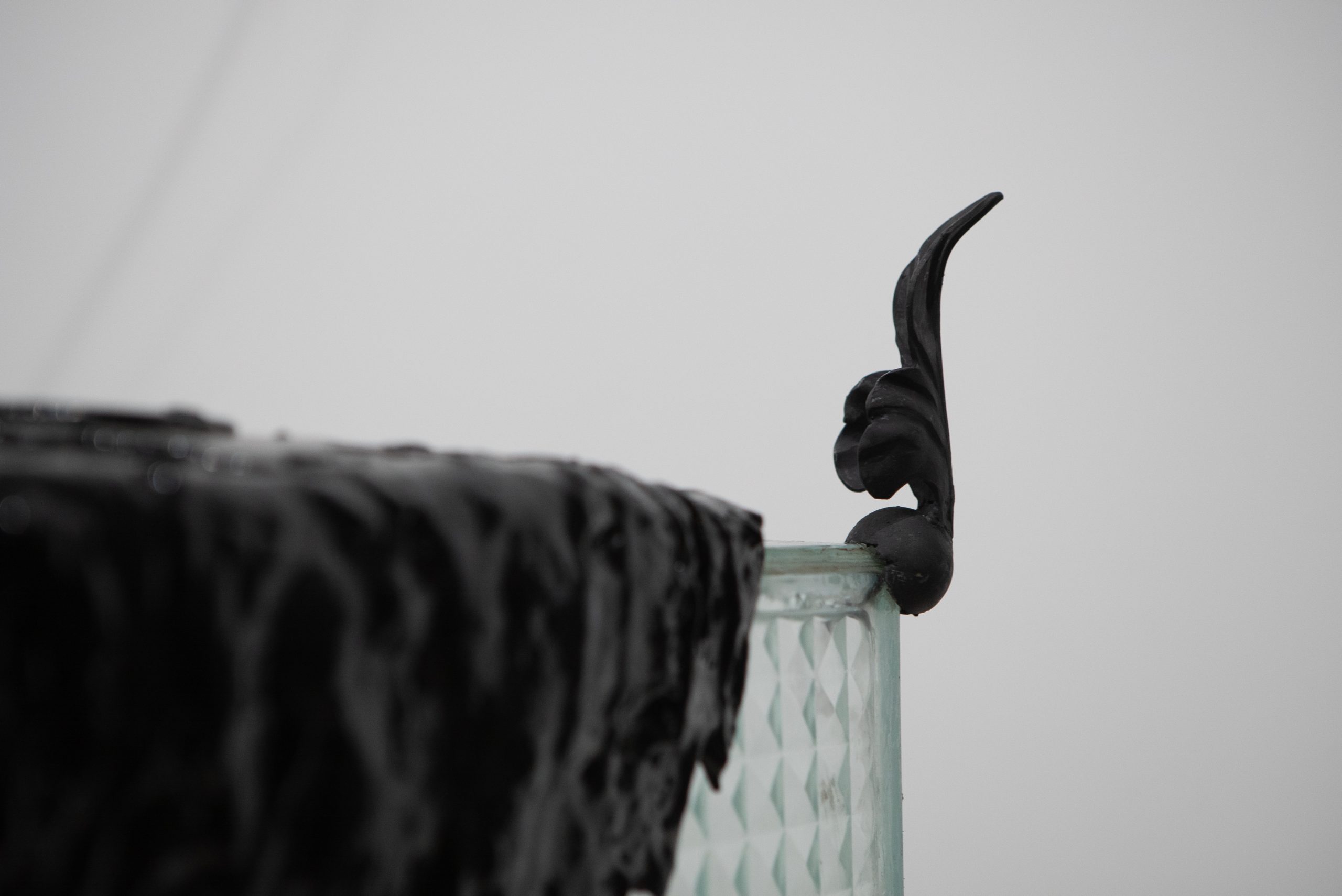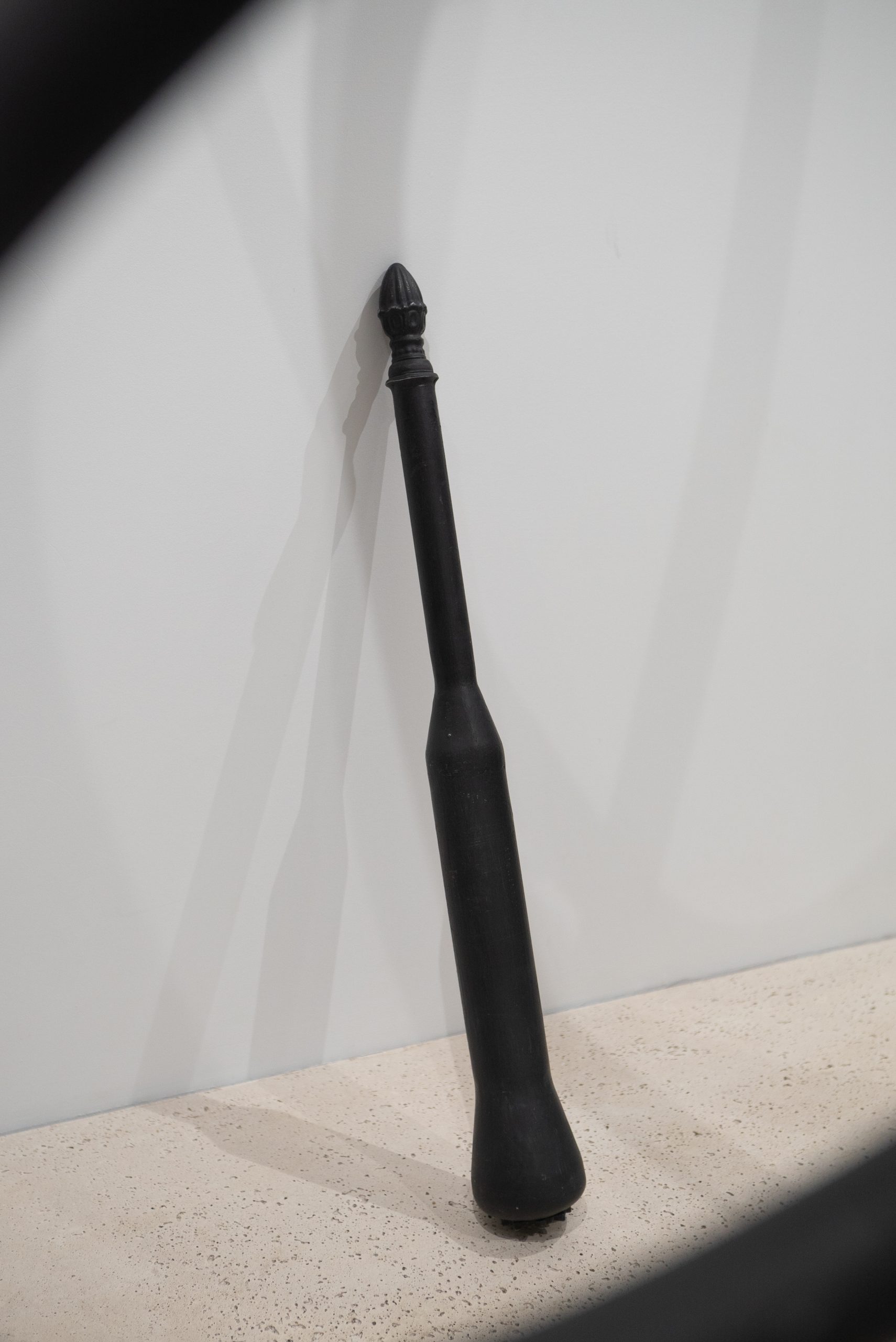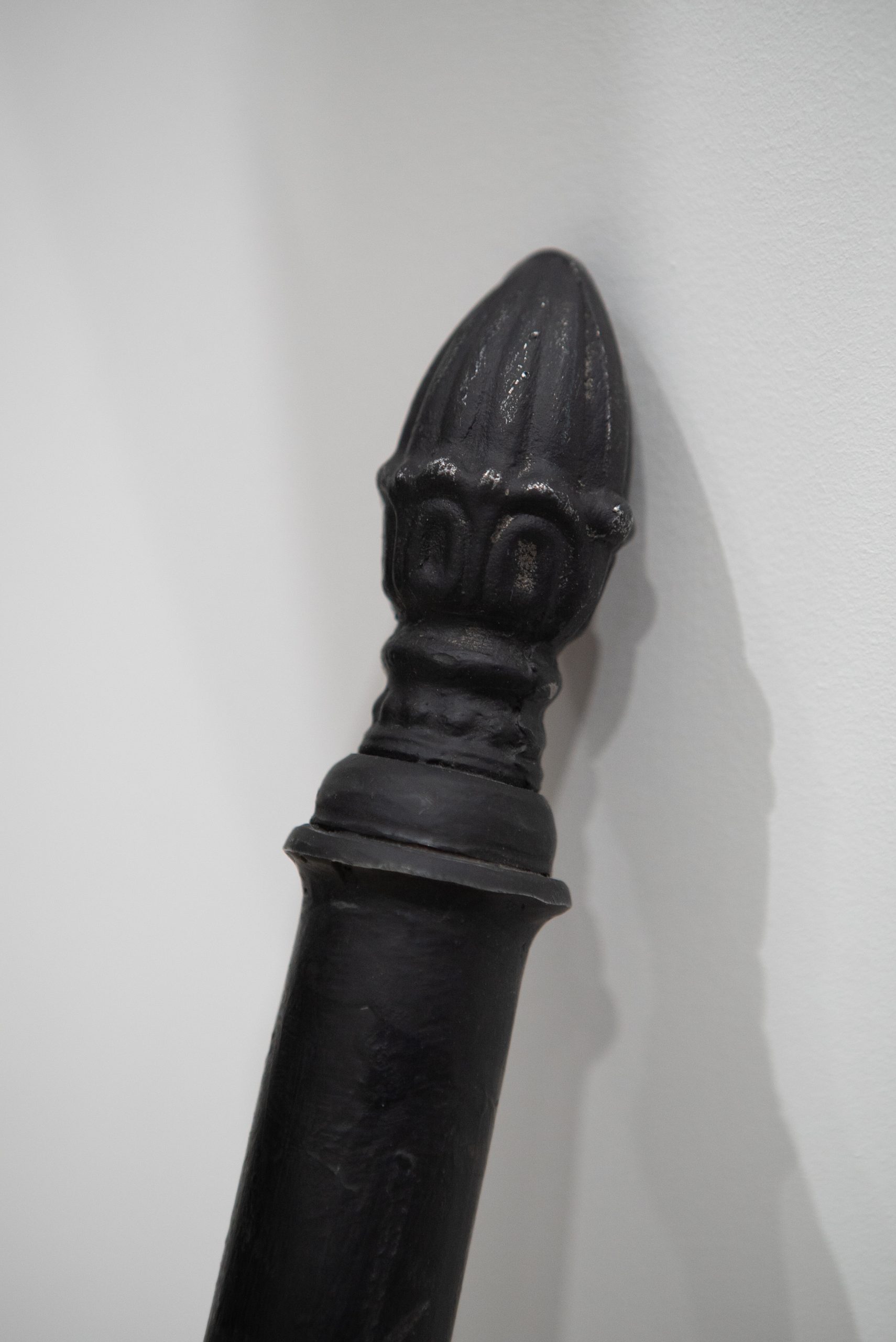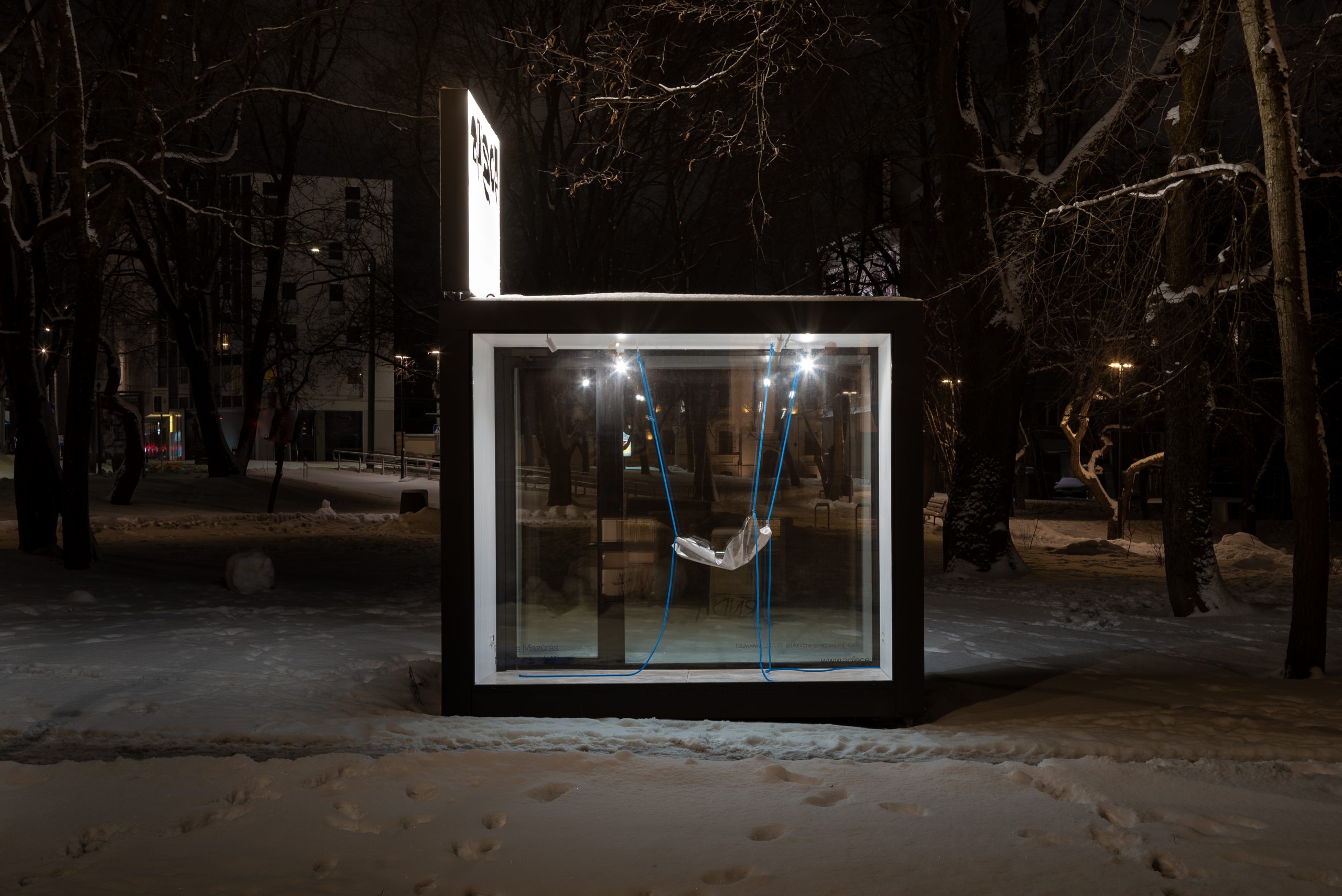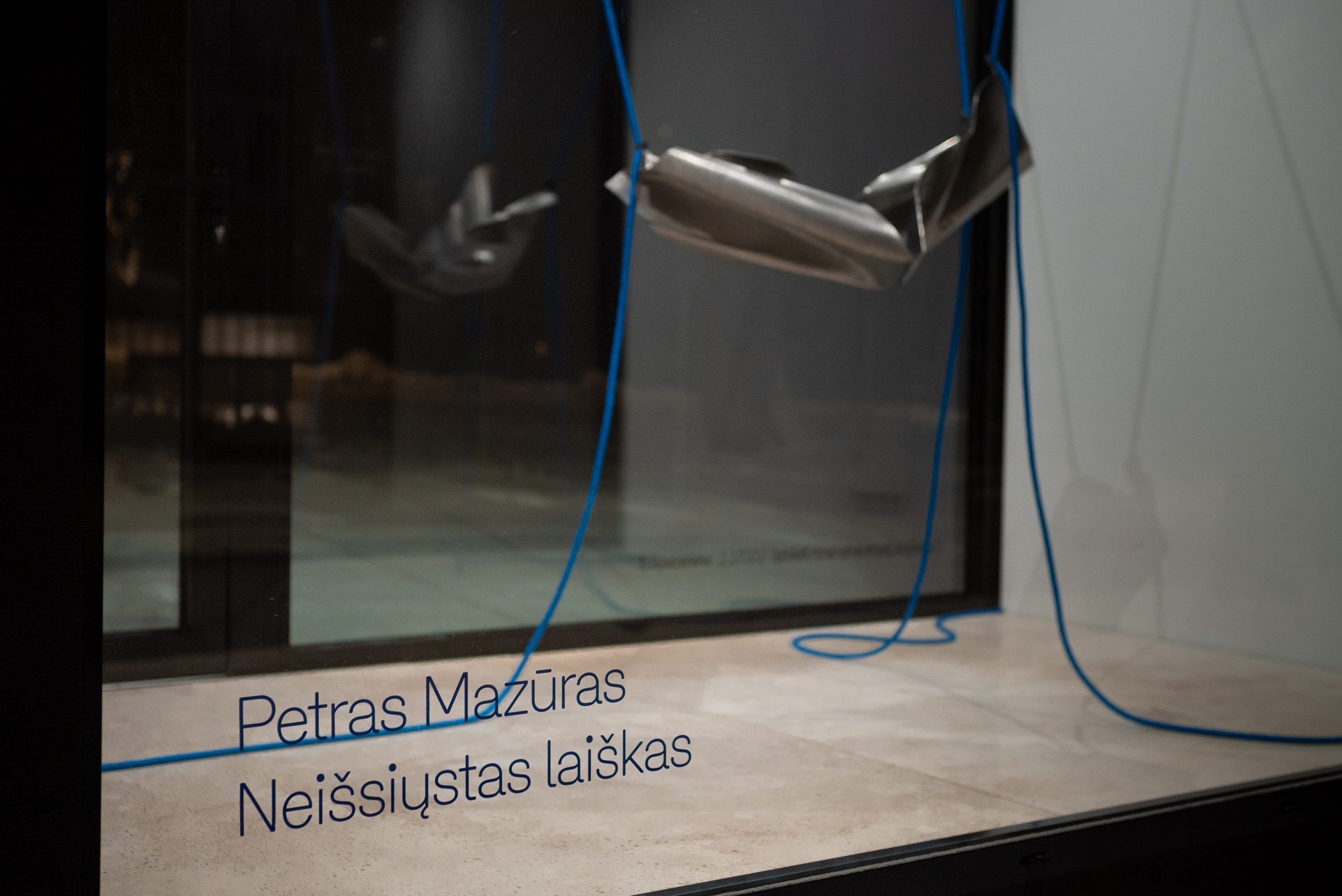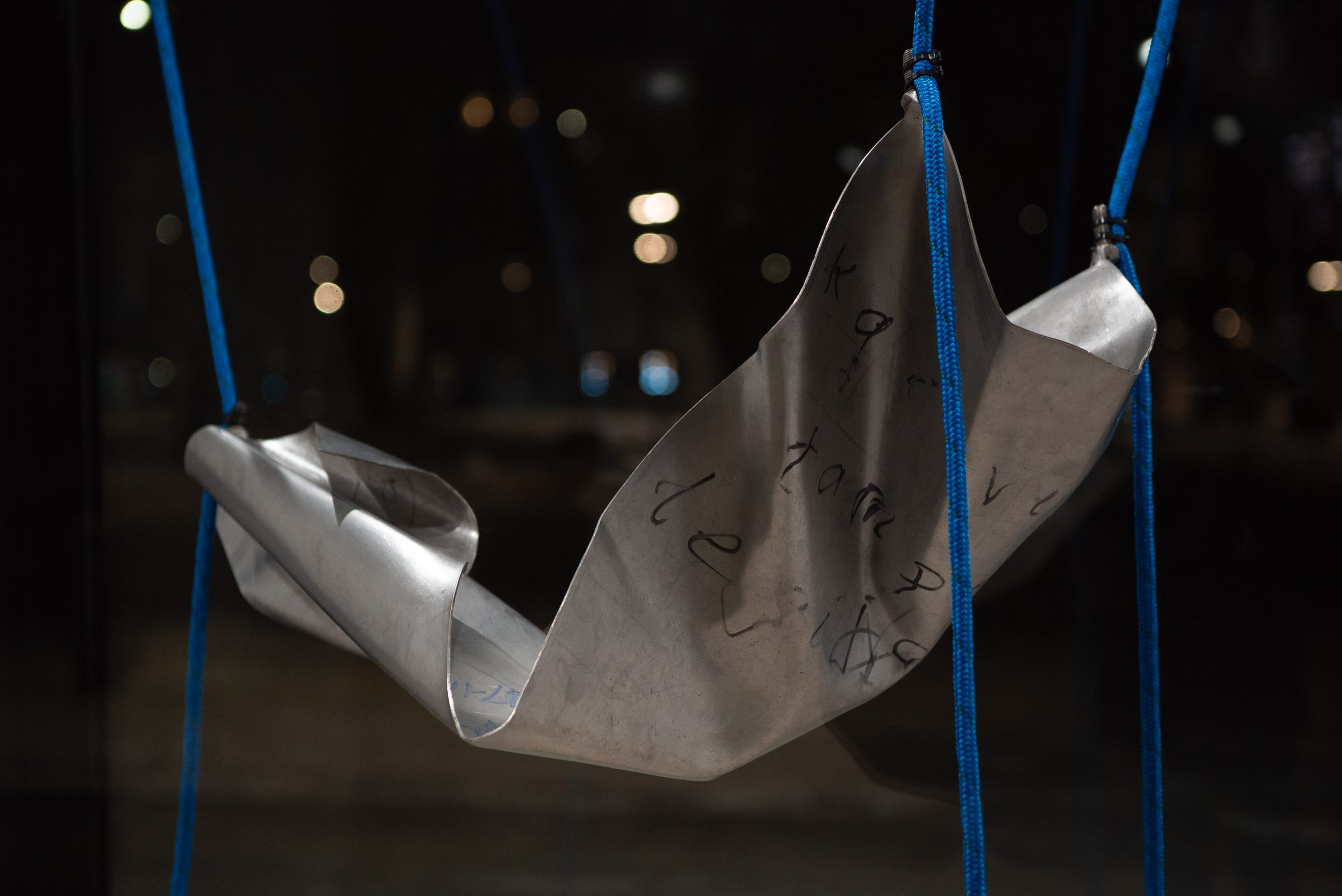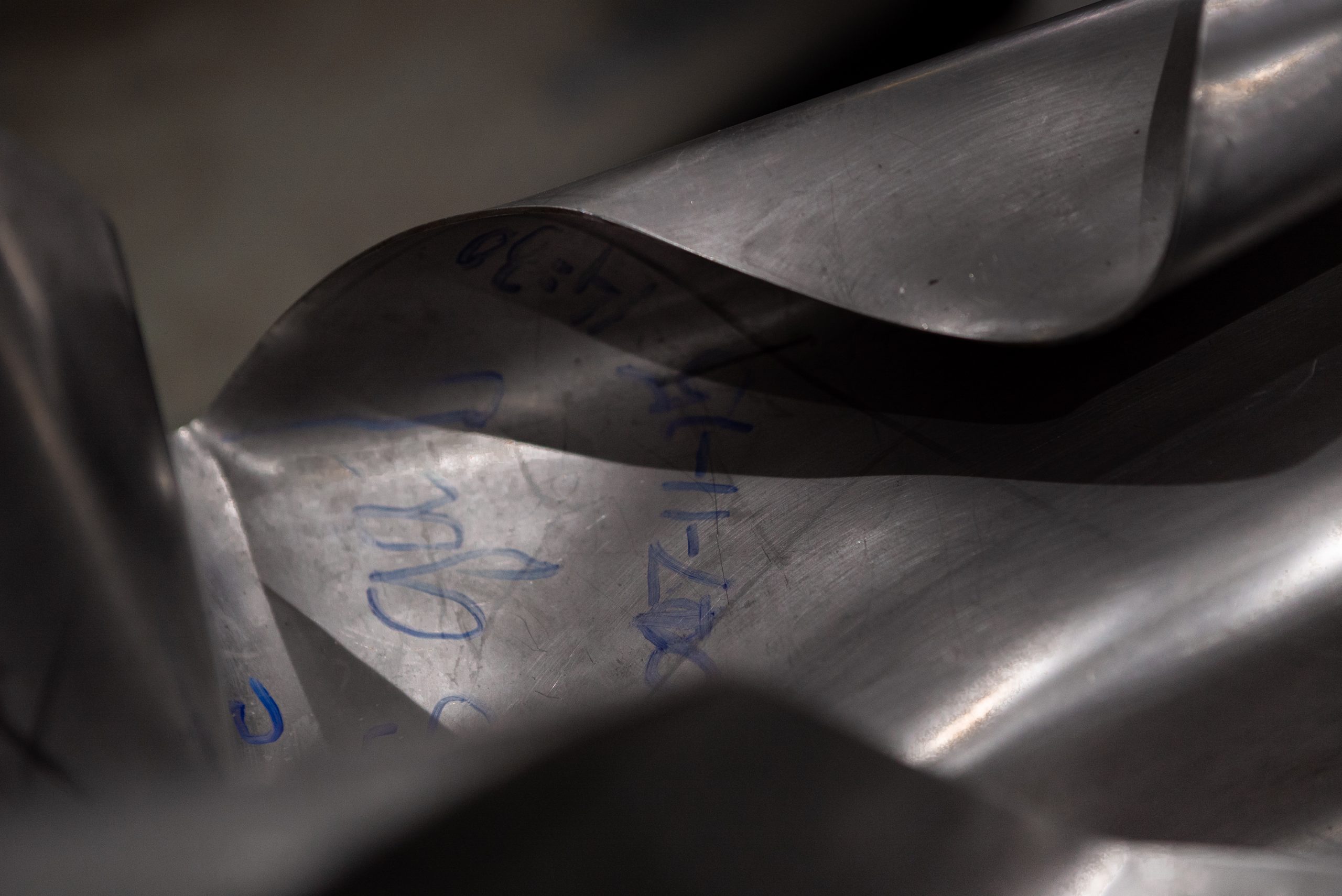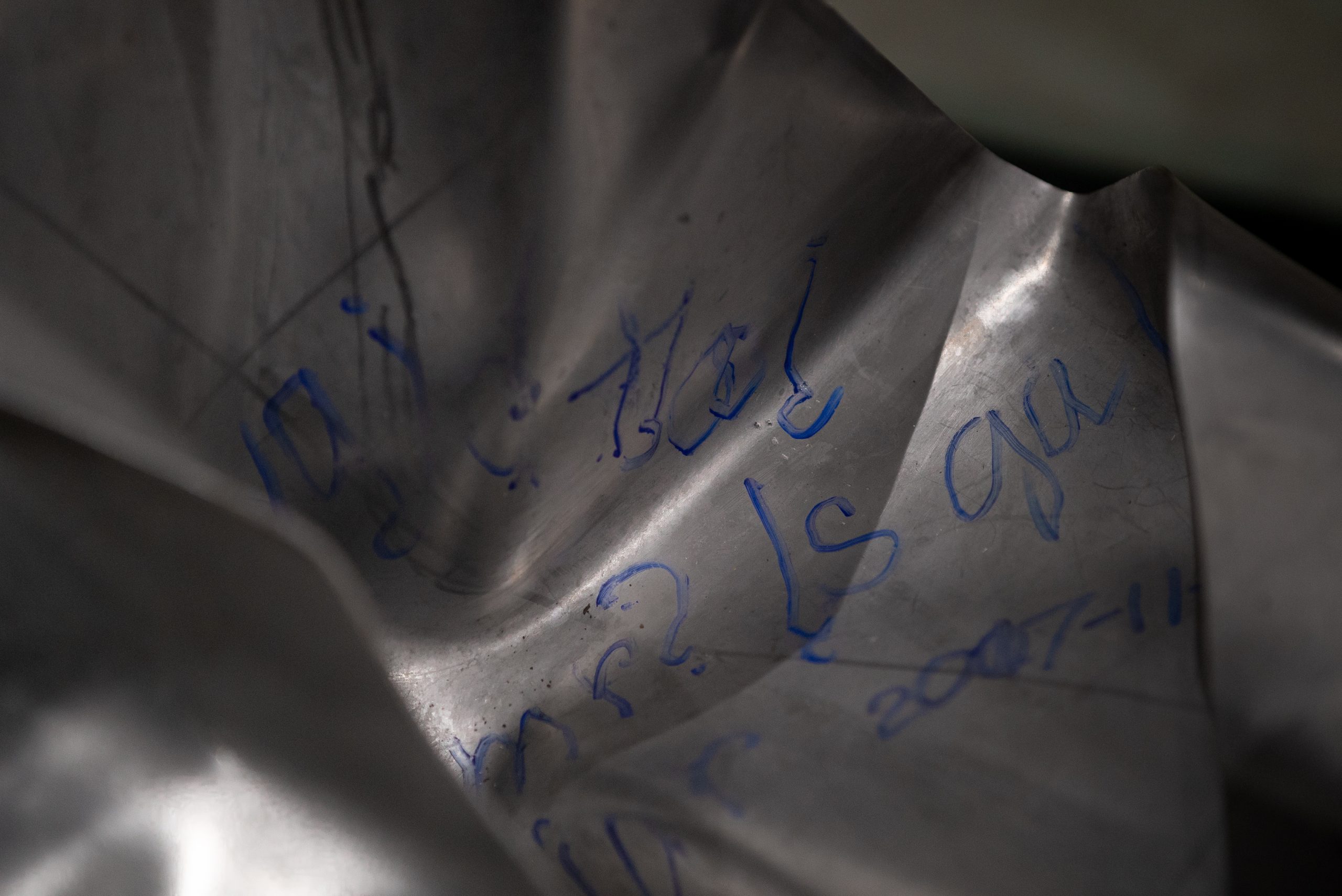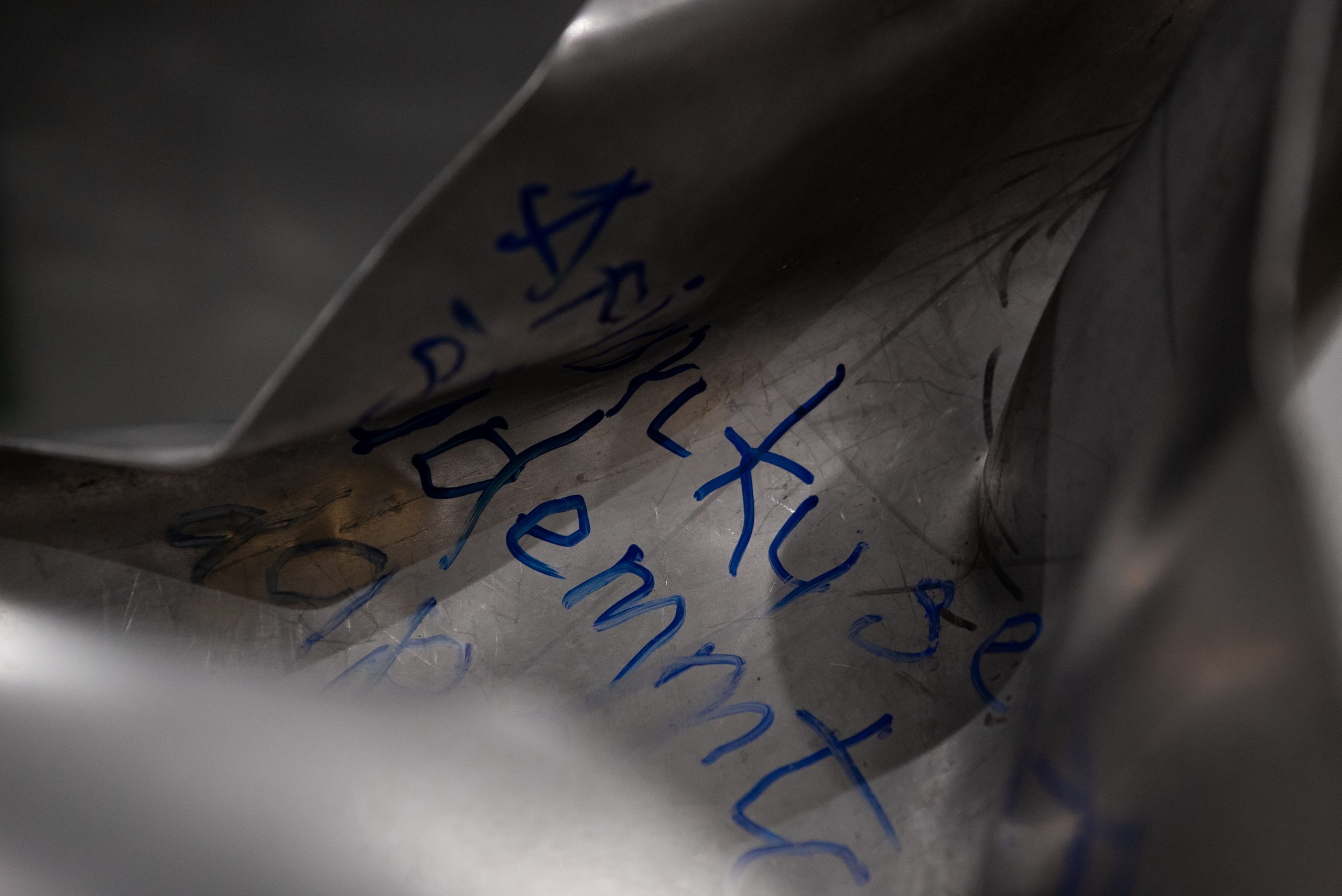ABOUT
The Daydreamer – an object that responds to natural and artificial light.
Daydreamer is a hybrid object of art and design, creating ways to observe the phenomena of light. The luminaire consists of two individual parts – the curved dichroic glass piece and the quartz sand element with an integrated miniature spotlight.
A seemingly transparent curved glass tints the surrounding surfaces with colours and becomes a brush to create paintings of light.
Dichroic glass has special optical properties: it reflects some of the component colours of light and is permeable to others. It reveals a fact that we all know but can not see: white light contains many colours. The object brings an opportunity to observe the continues shifting: during the day – with changing natural light, and in the evening – with the help of artificial illumination.
It is the light that forms the dialogue between the elements of sand and glass, shaping it into wall mounted luminaire- the Daydreamer.
PRICE
3800 €
MATERIALS
Dichroic glass, quartz sand, aluminium, light source
DIMENSIONS (approximate)
H71 cm x W30 cm x D15,5 cm
COLORS
The sand elements are available in Earth White and Mars Blue colors.
The dichroic glass color effect available in Orange and Cyane.
Different colors available on request.
Daydreamer is available on request, delivery time: 8-10 weeks.
ABOUT THE AUTHORS
Rūta Palionytė is a Copenhagen-based light installation artist and lighting designer with a Master’s degree from the Edinburgh (Scotland). For her, the phenomenon of light and its influence on visual perception, architecture, design objects or natural landscape is one of the main creative sources. Palionytė also collaborates with artists in various fields and has implemented many international projects.
Ieva Baranauskaitė is an architect with a Master’s degree from the Royal Danish Academy of Arts, Copenhagen, and a BA obtained at Vilnius Gediminas Technical University. She has gained her professional experience working in renowned architectural offices in Japan (Kengo Kuma and Associates), Denmark (KHR Architecture) and Lithuania (Arches). Currently Baranauskaitė is developing her individual practice and working on various architecture and design projects in Lithuania and Scandinavian countries.

